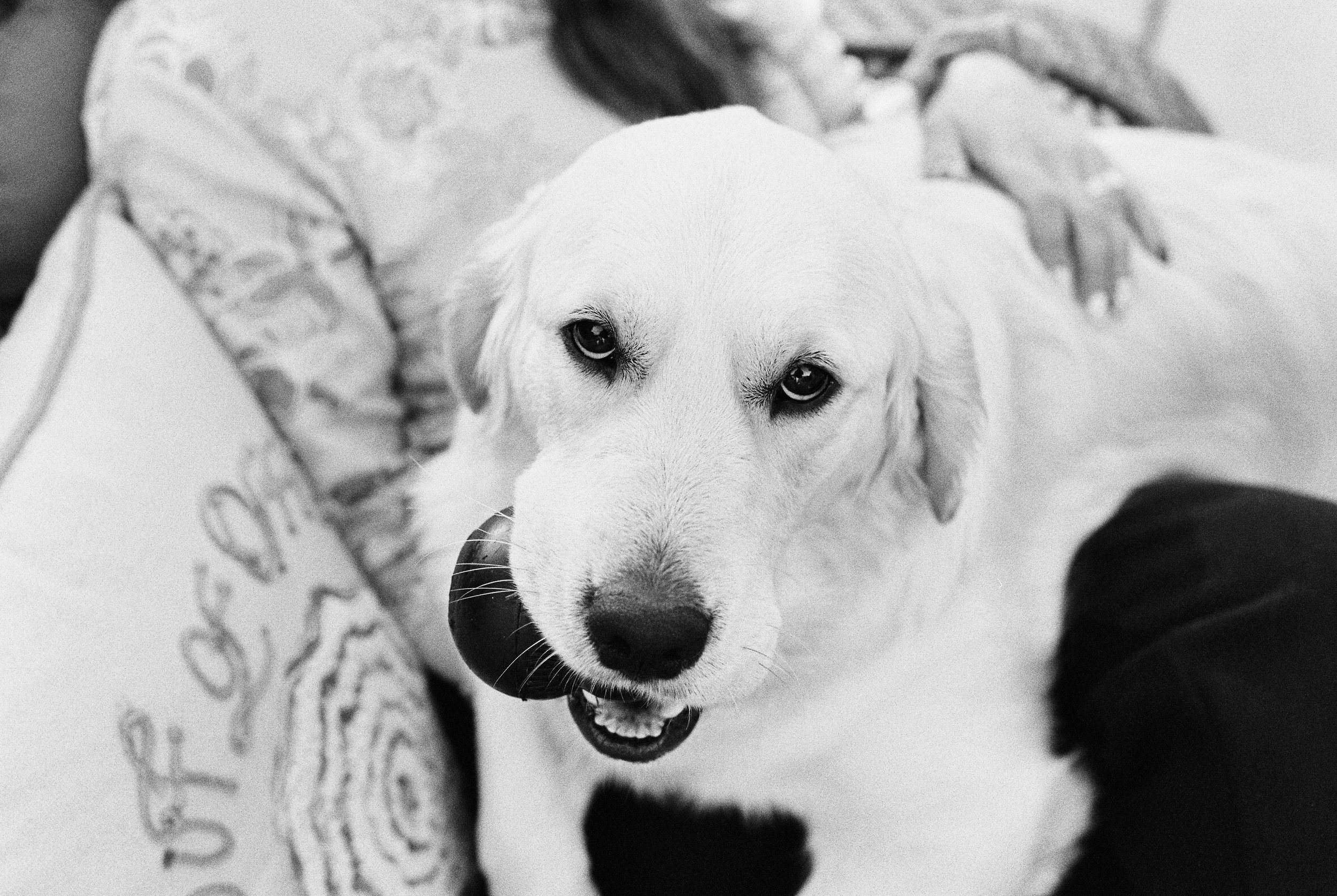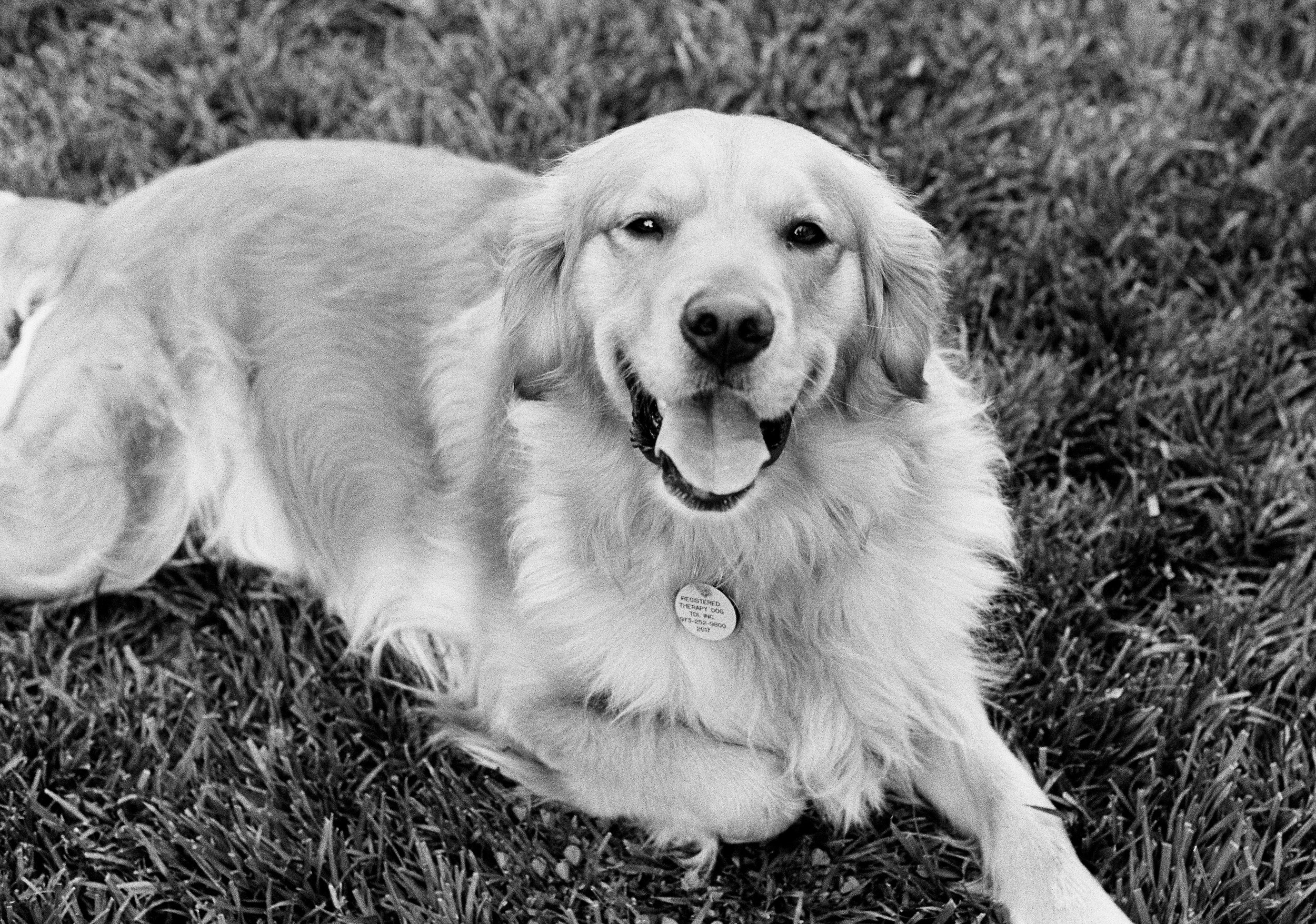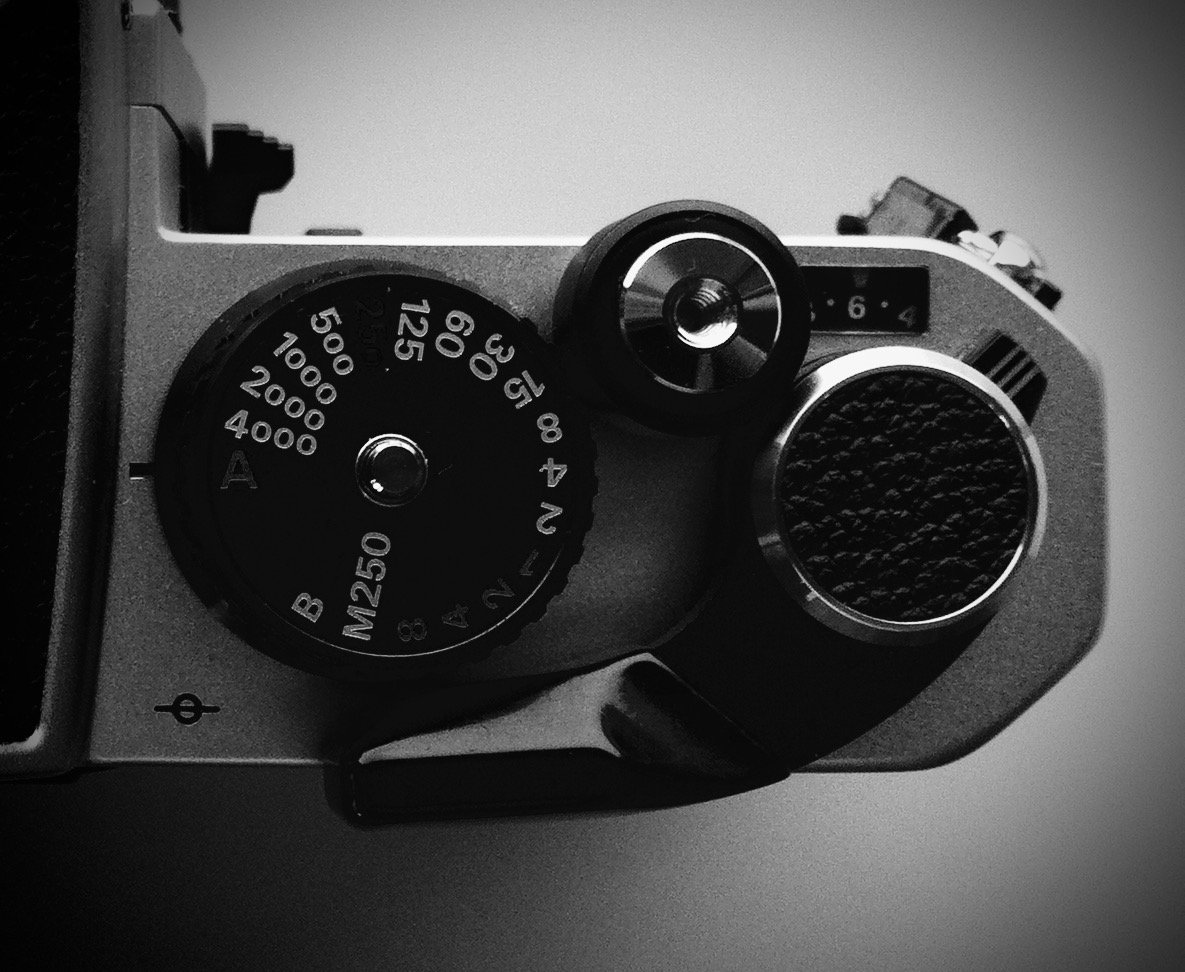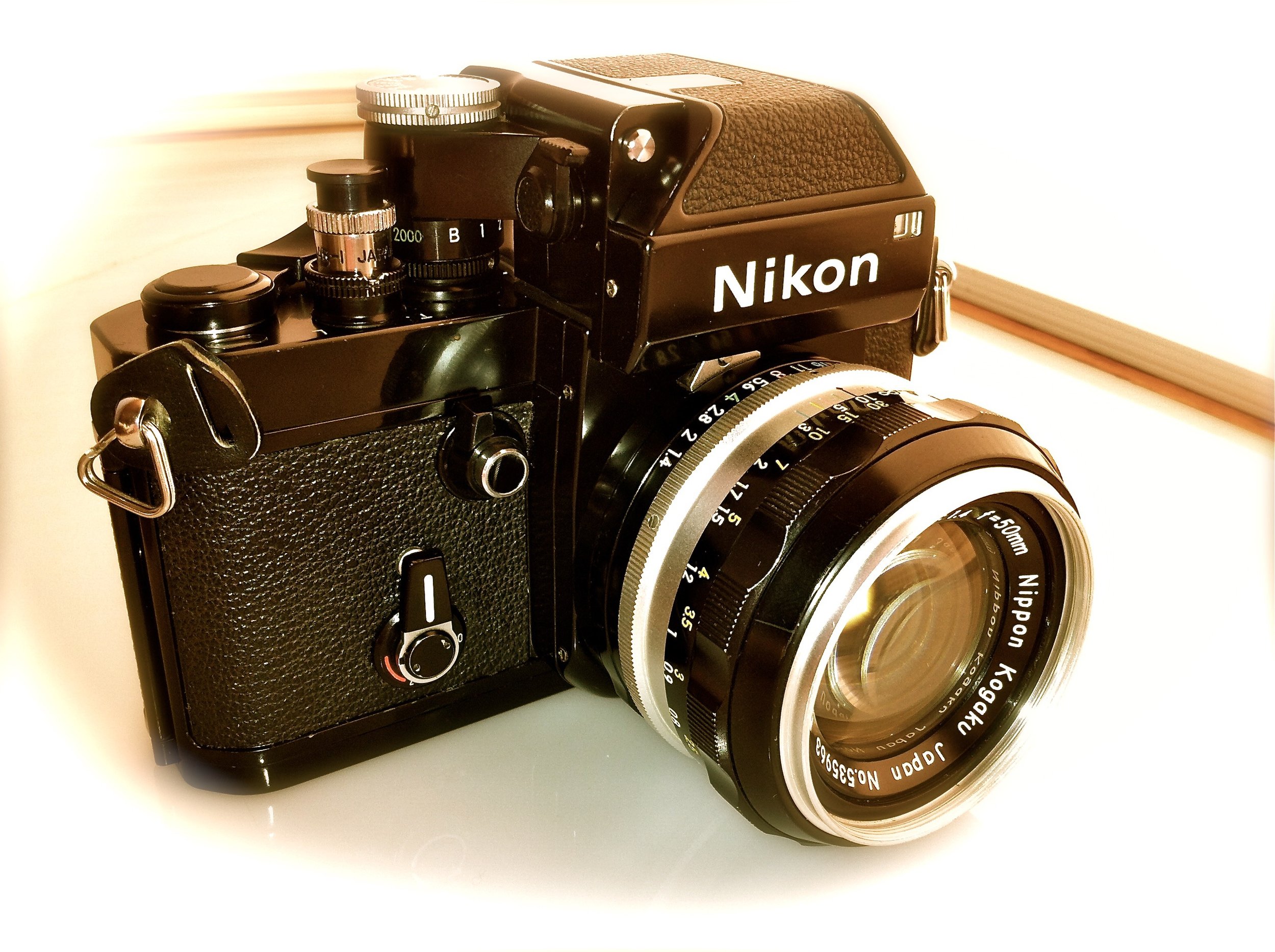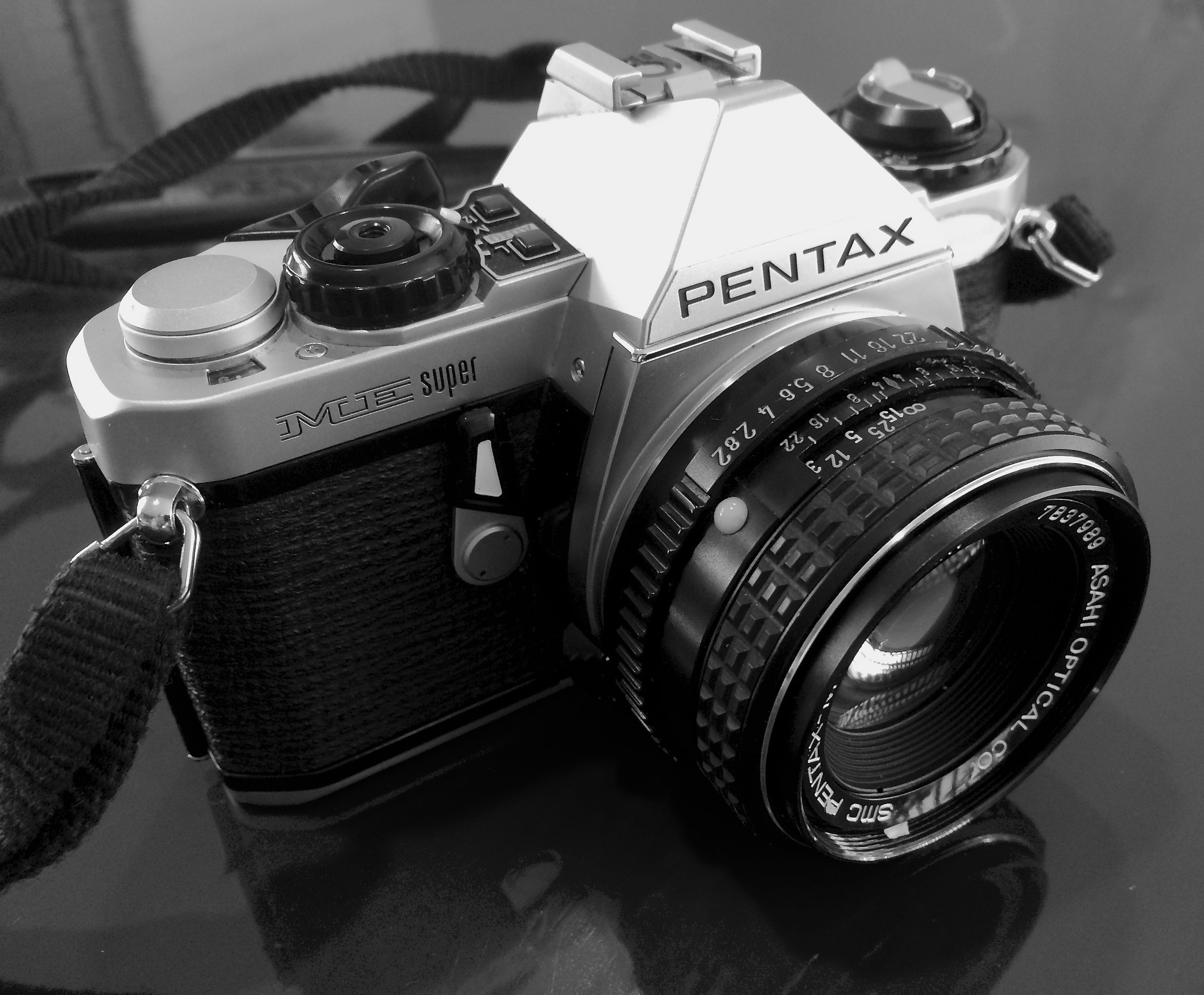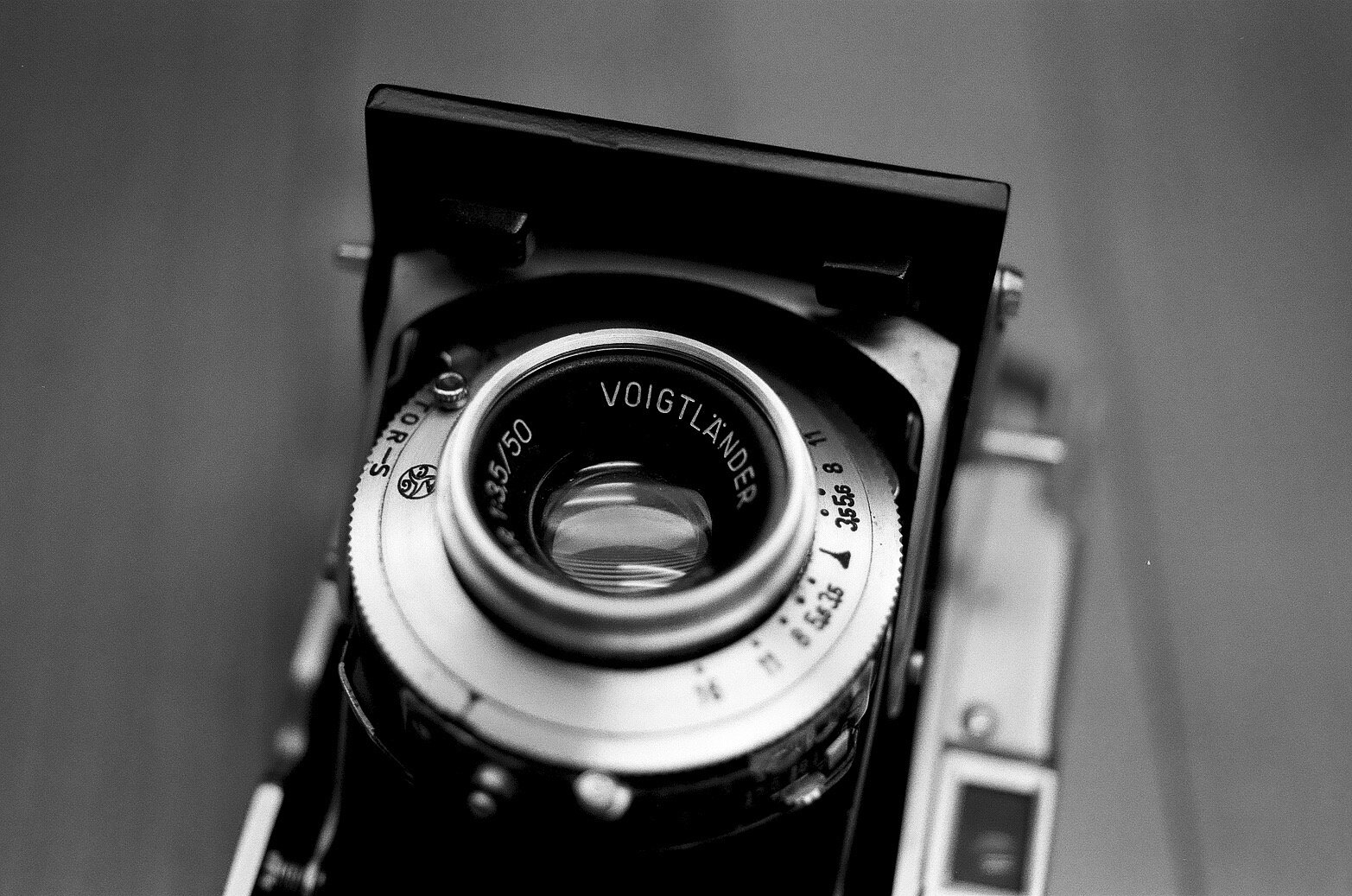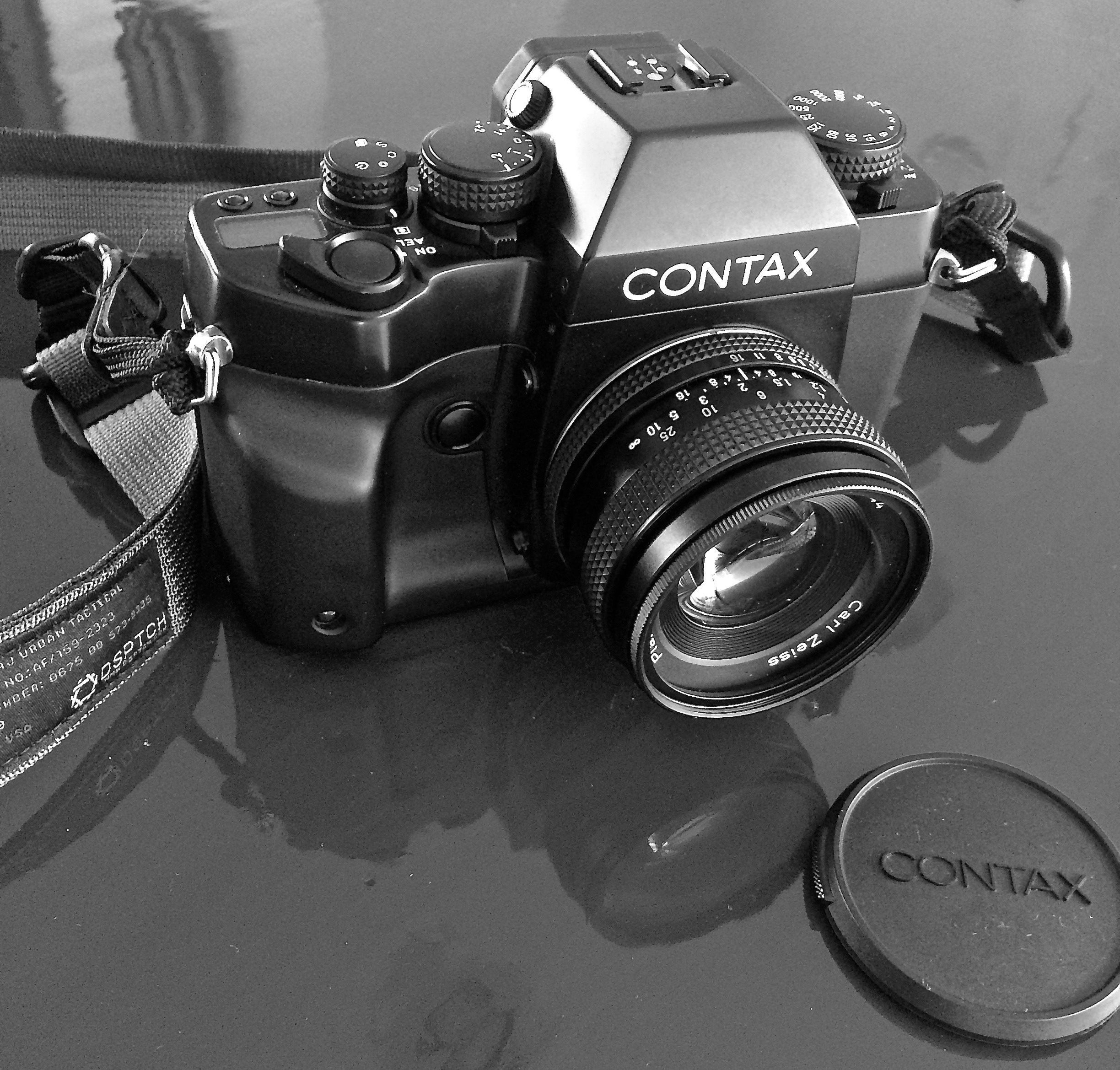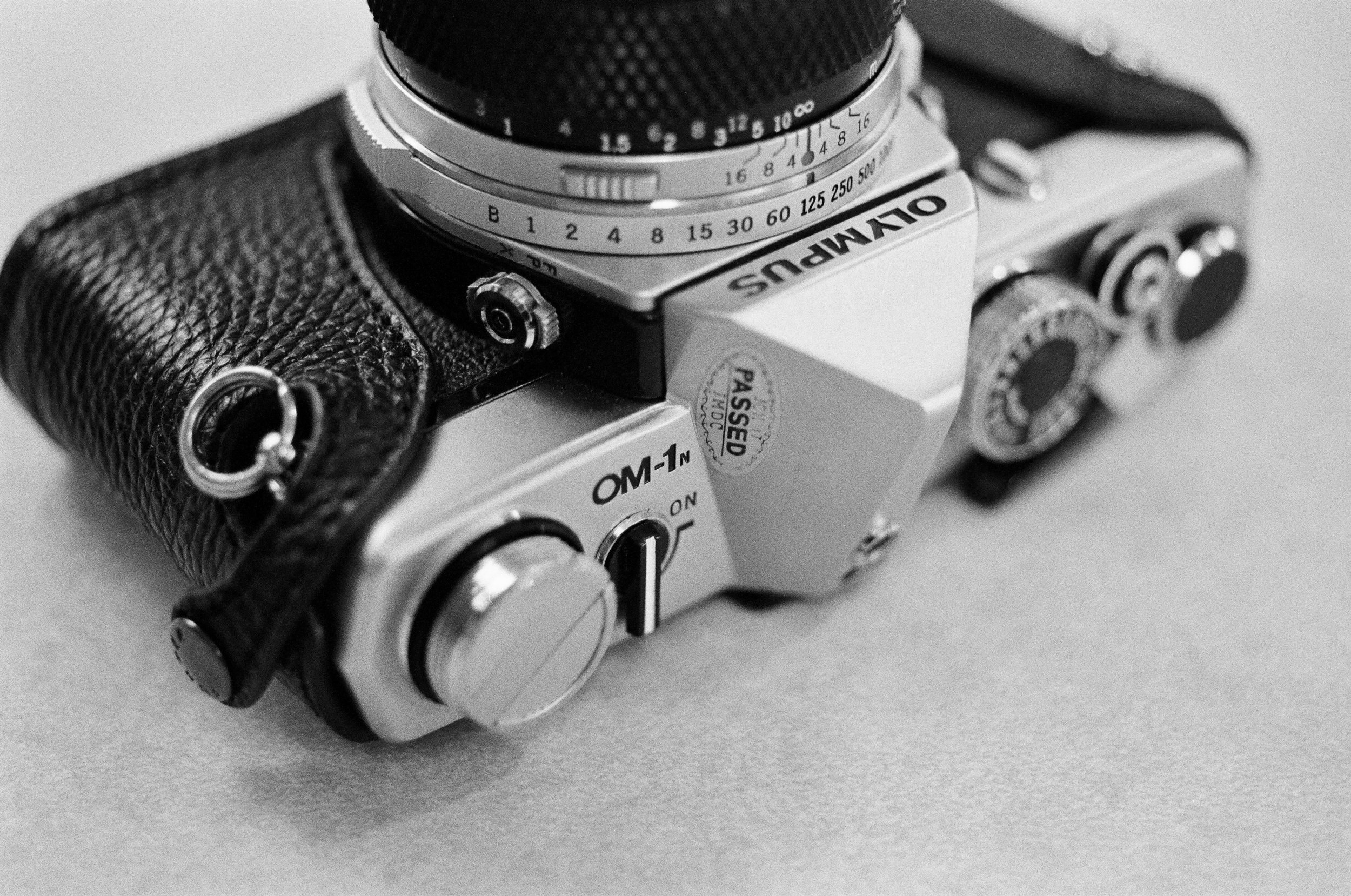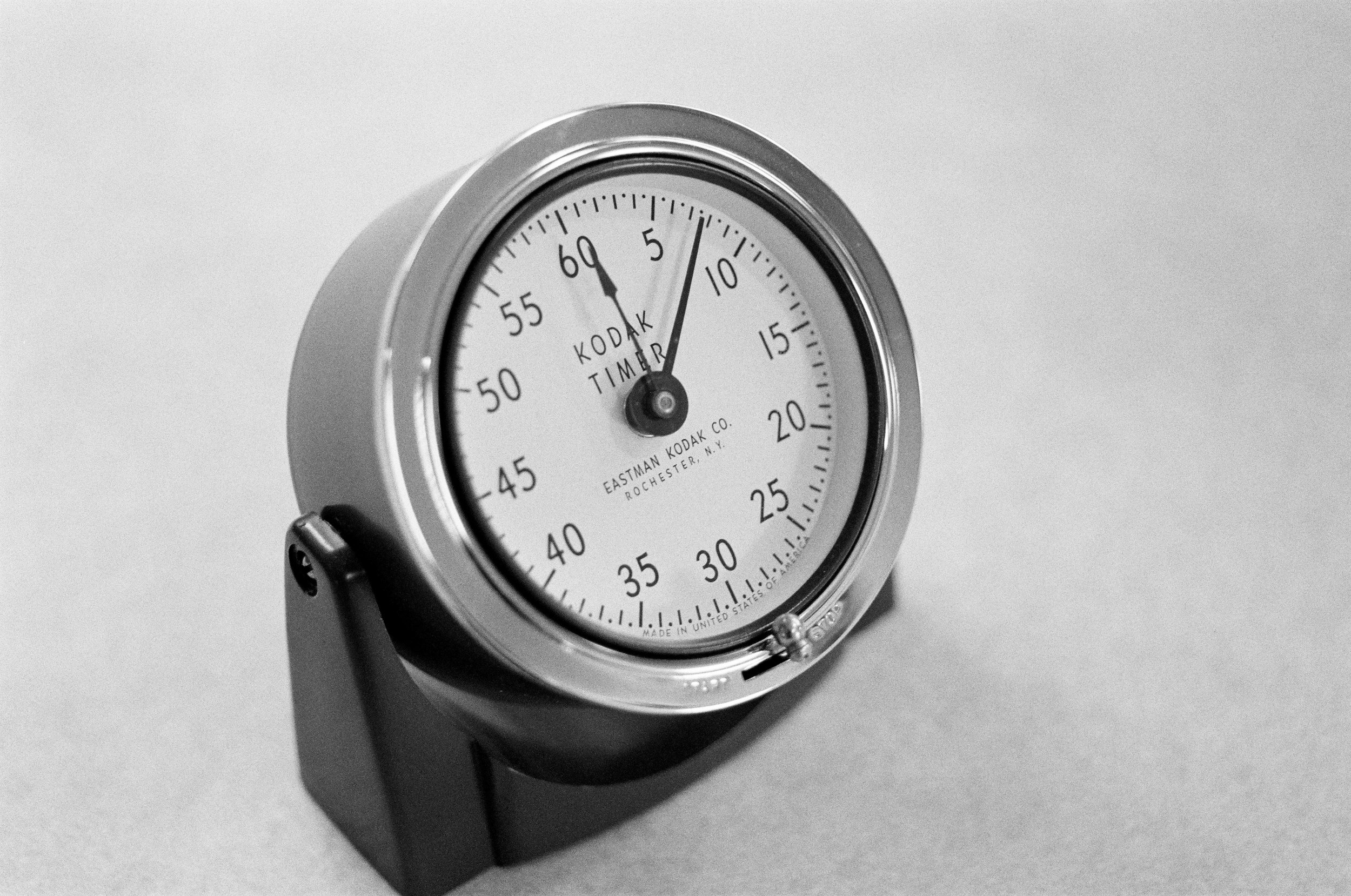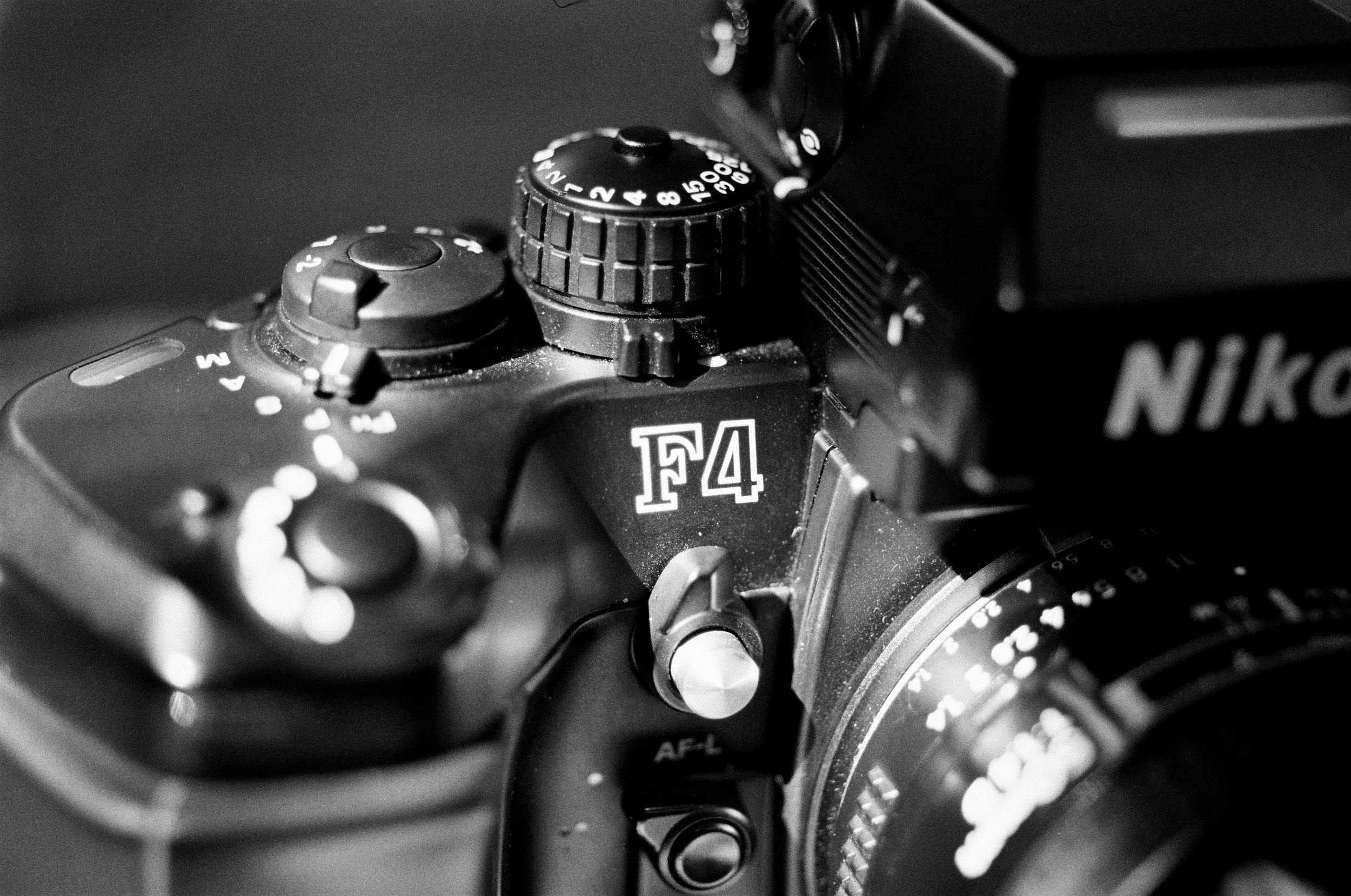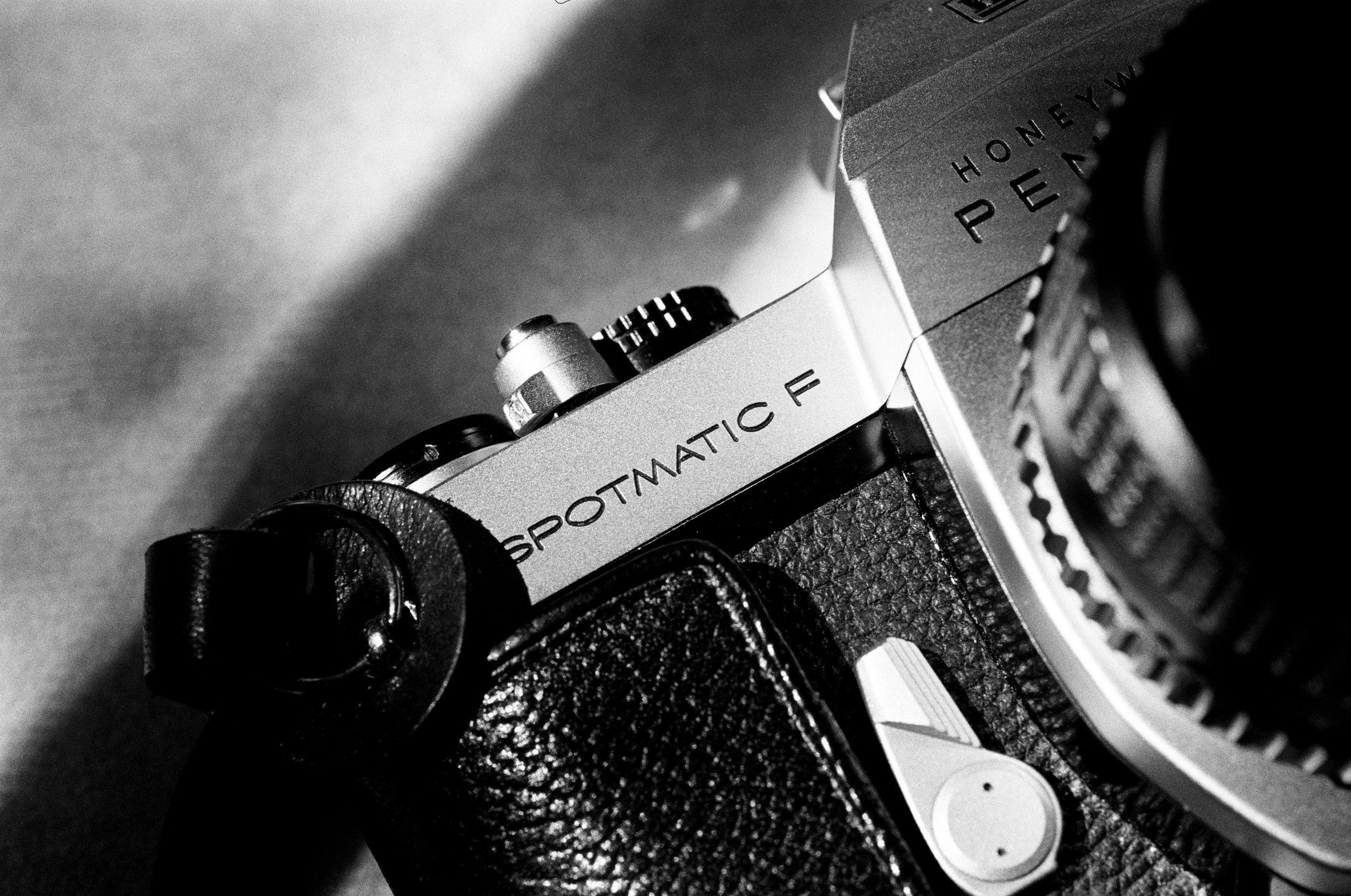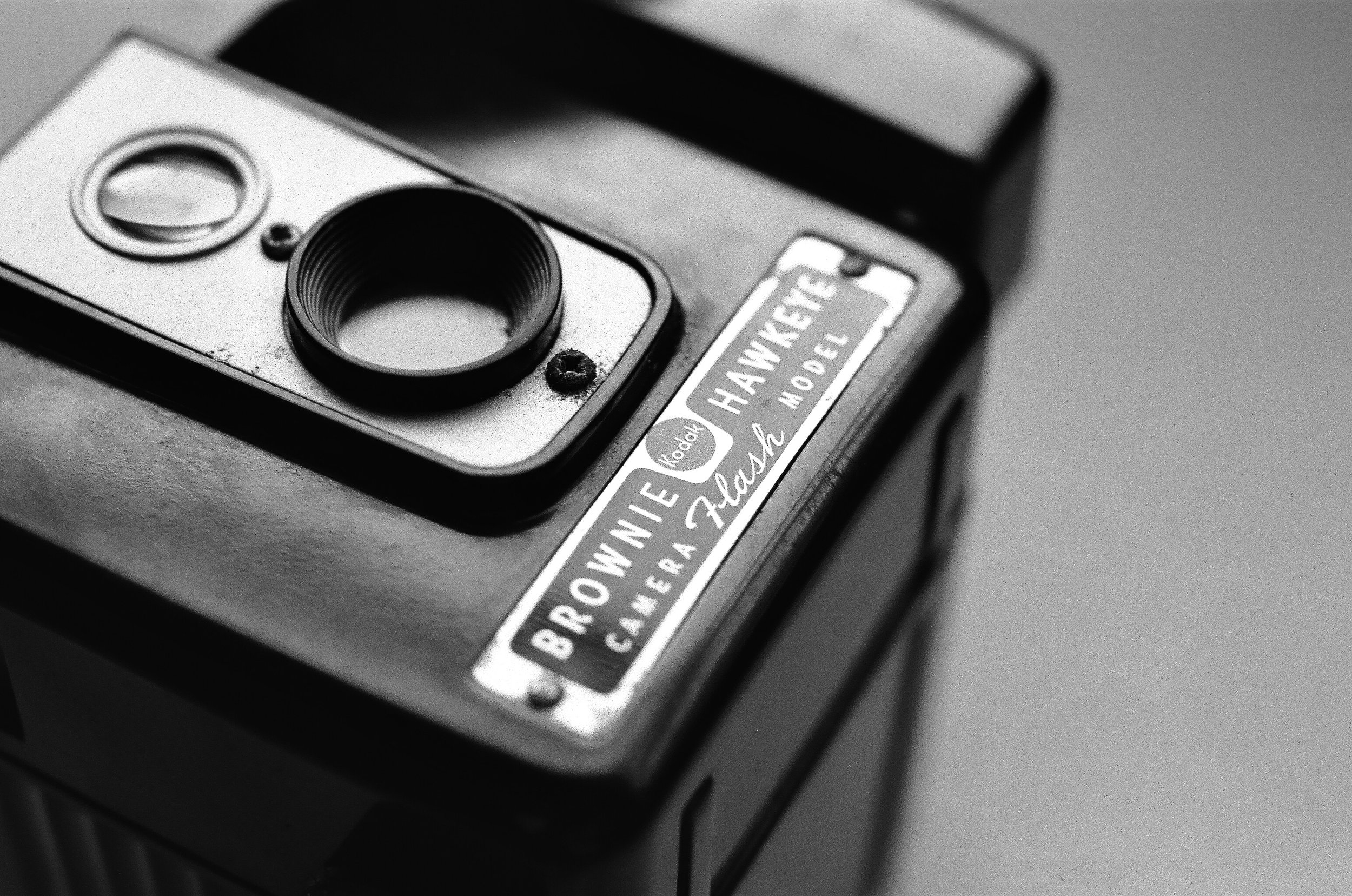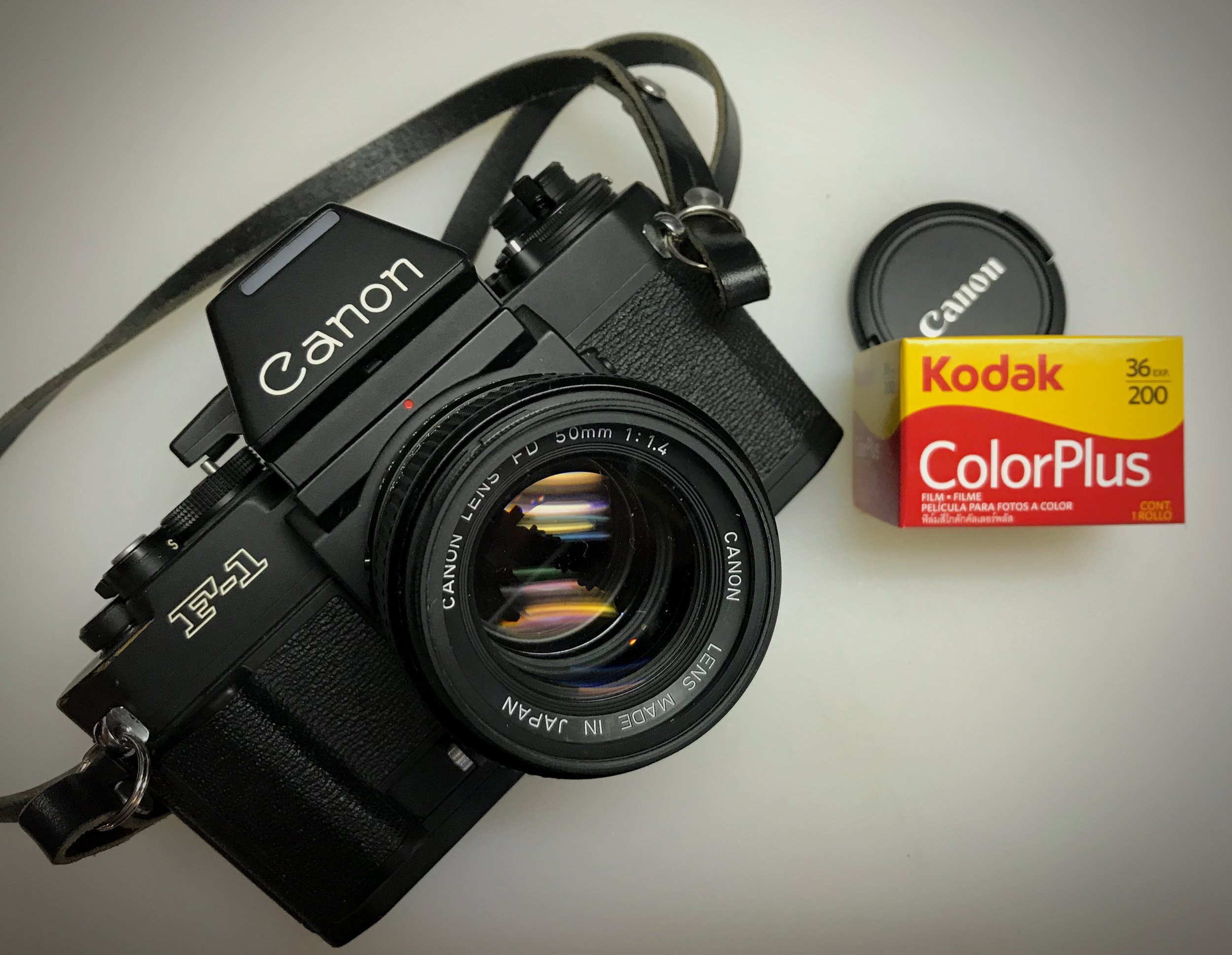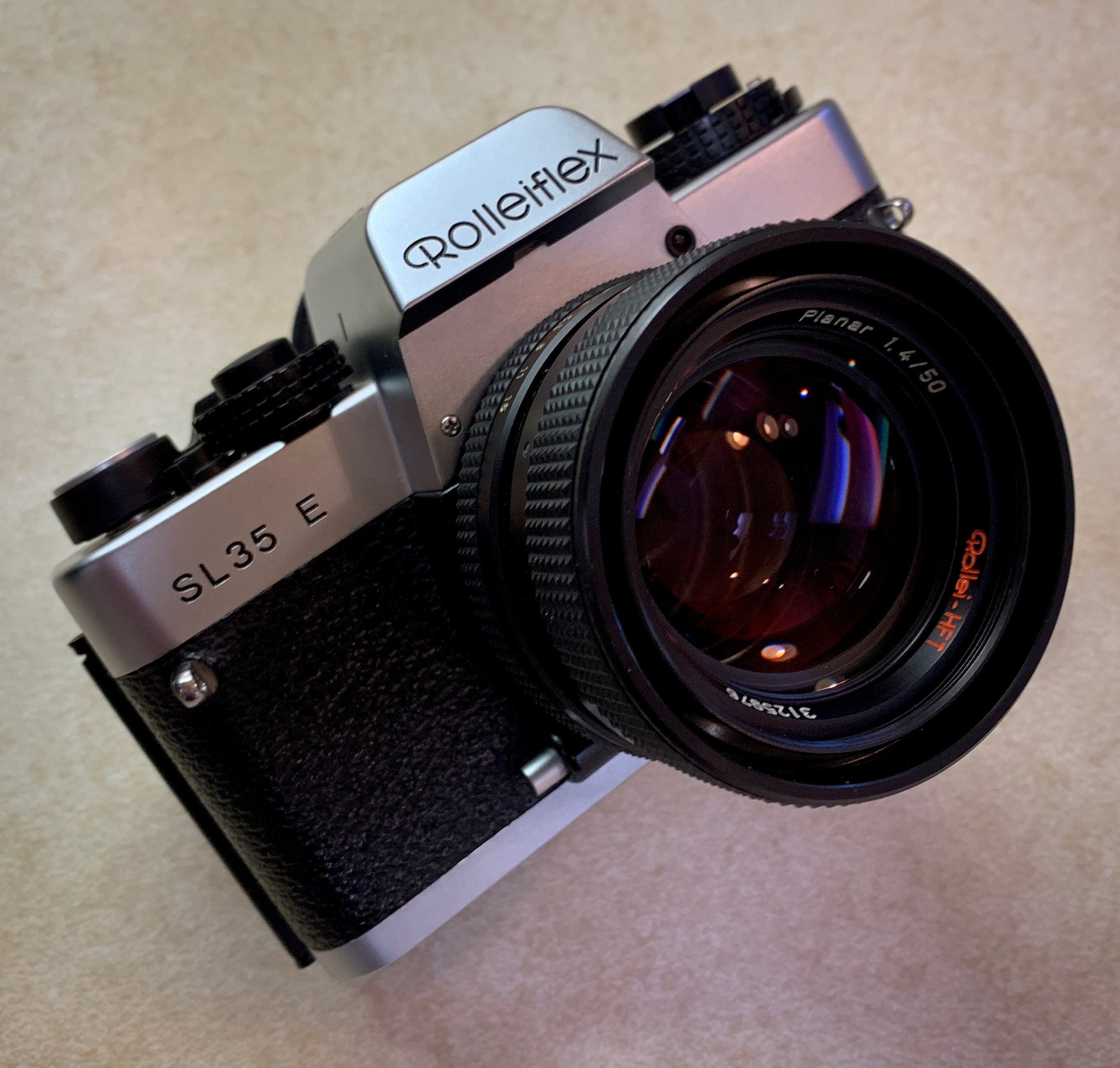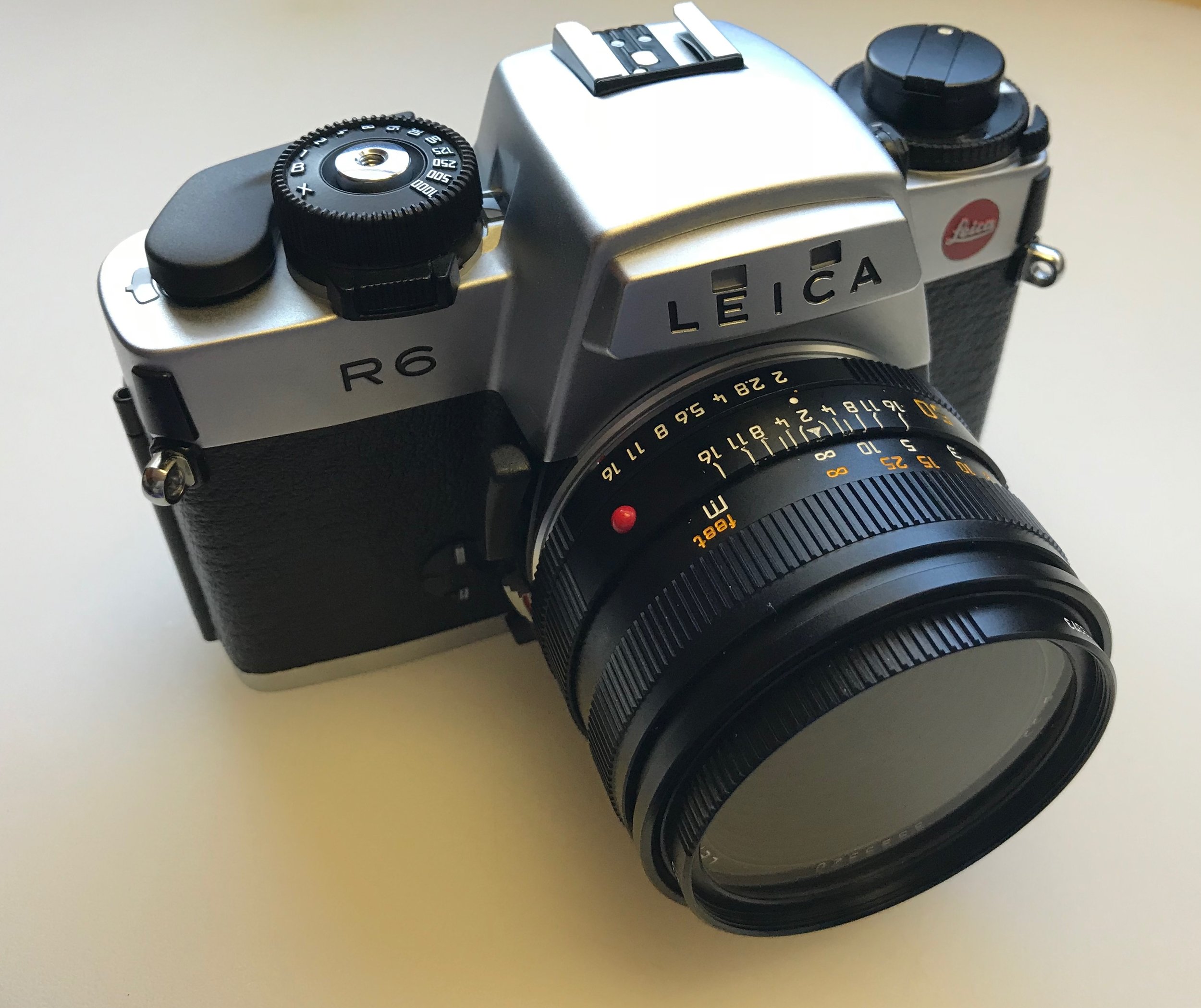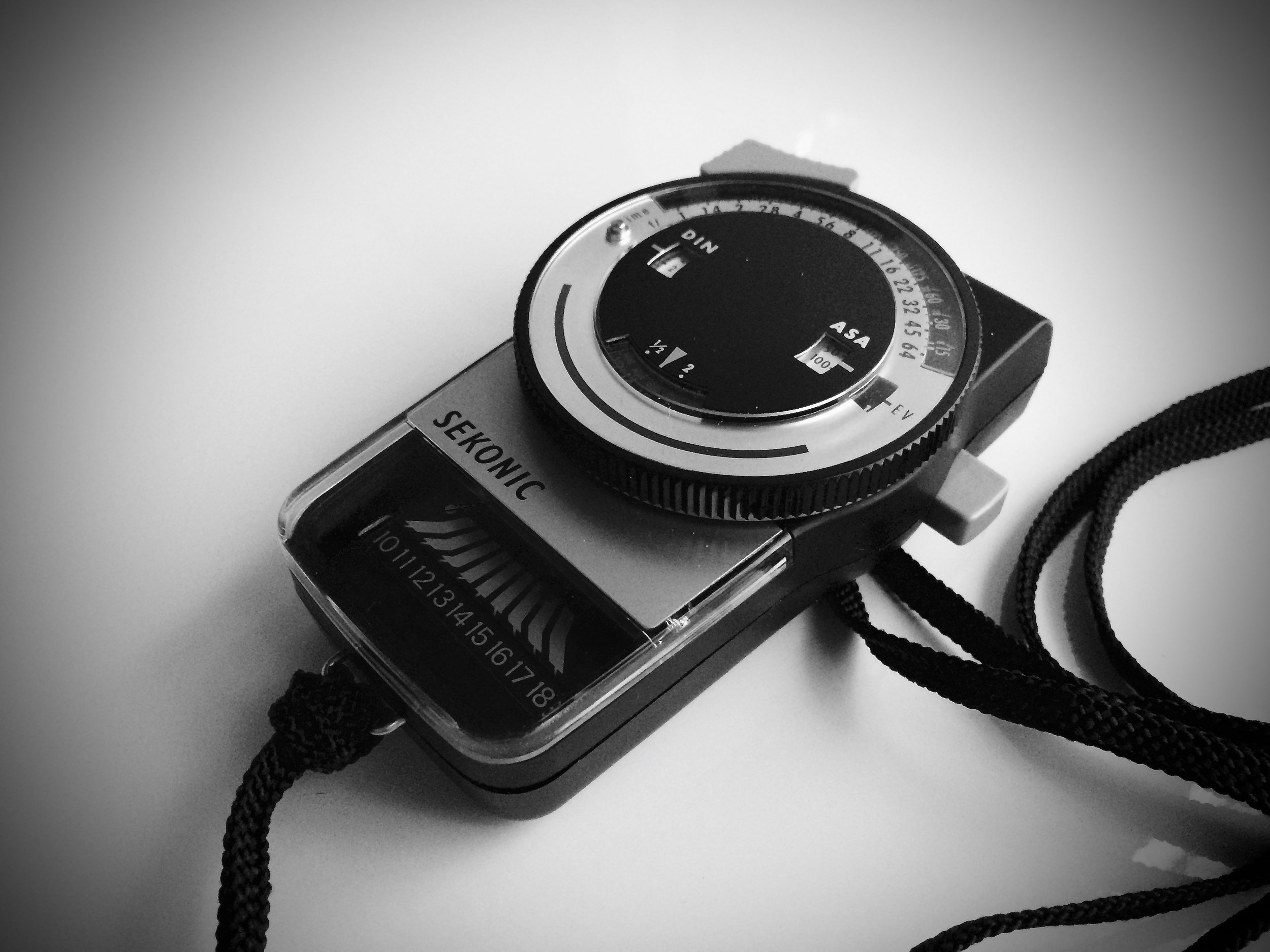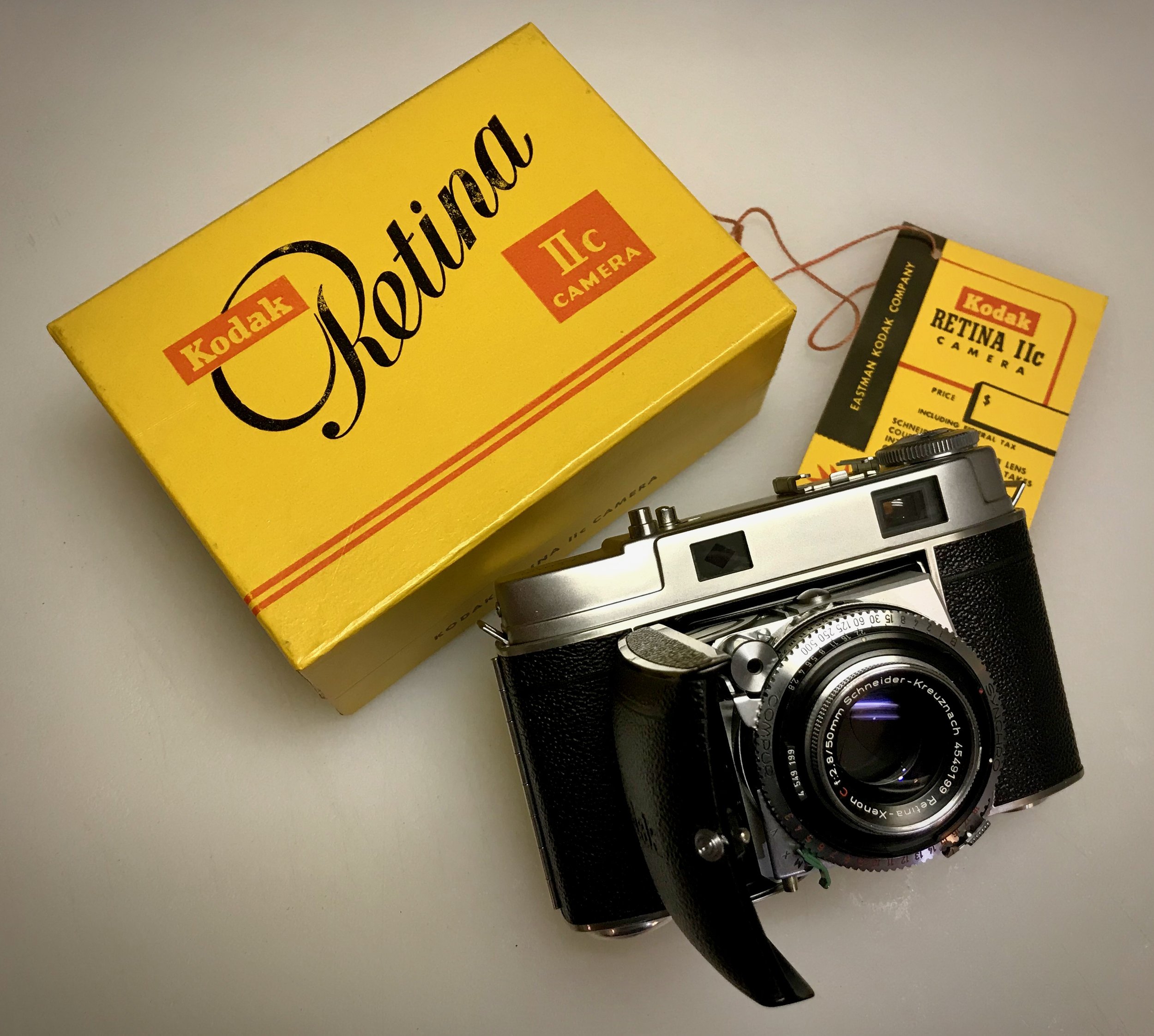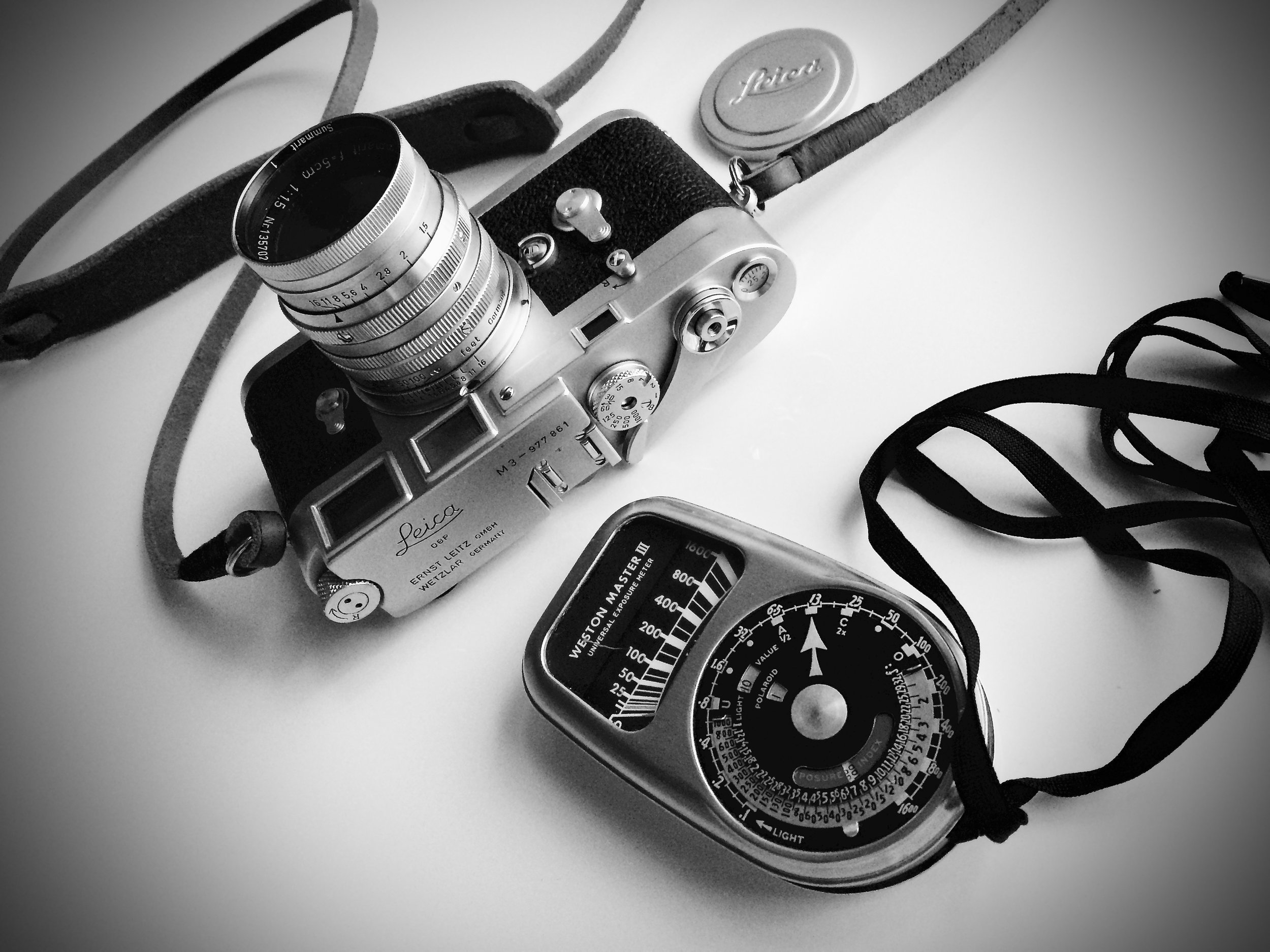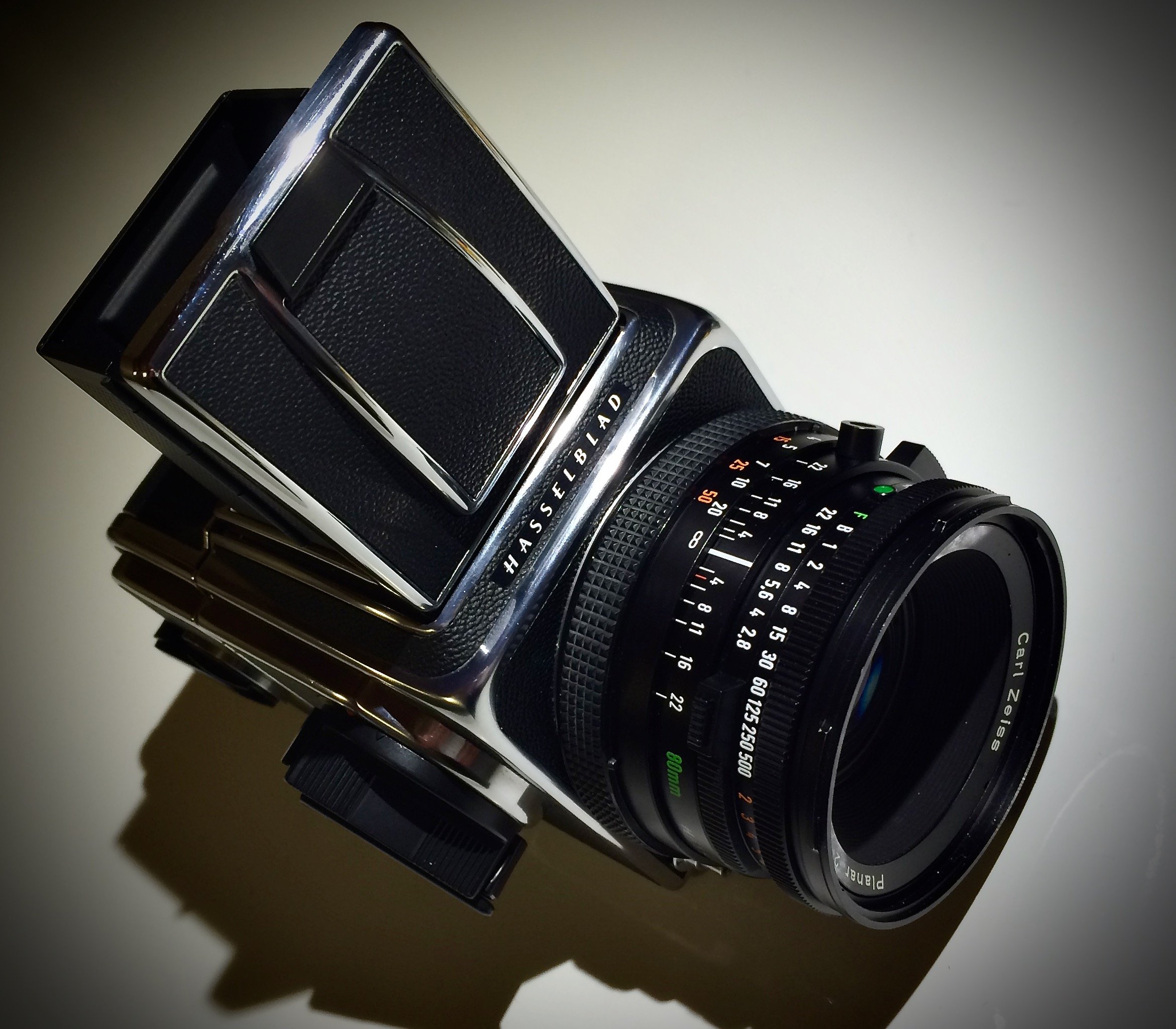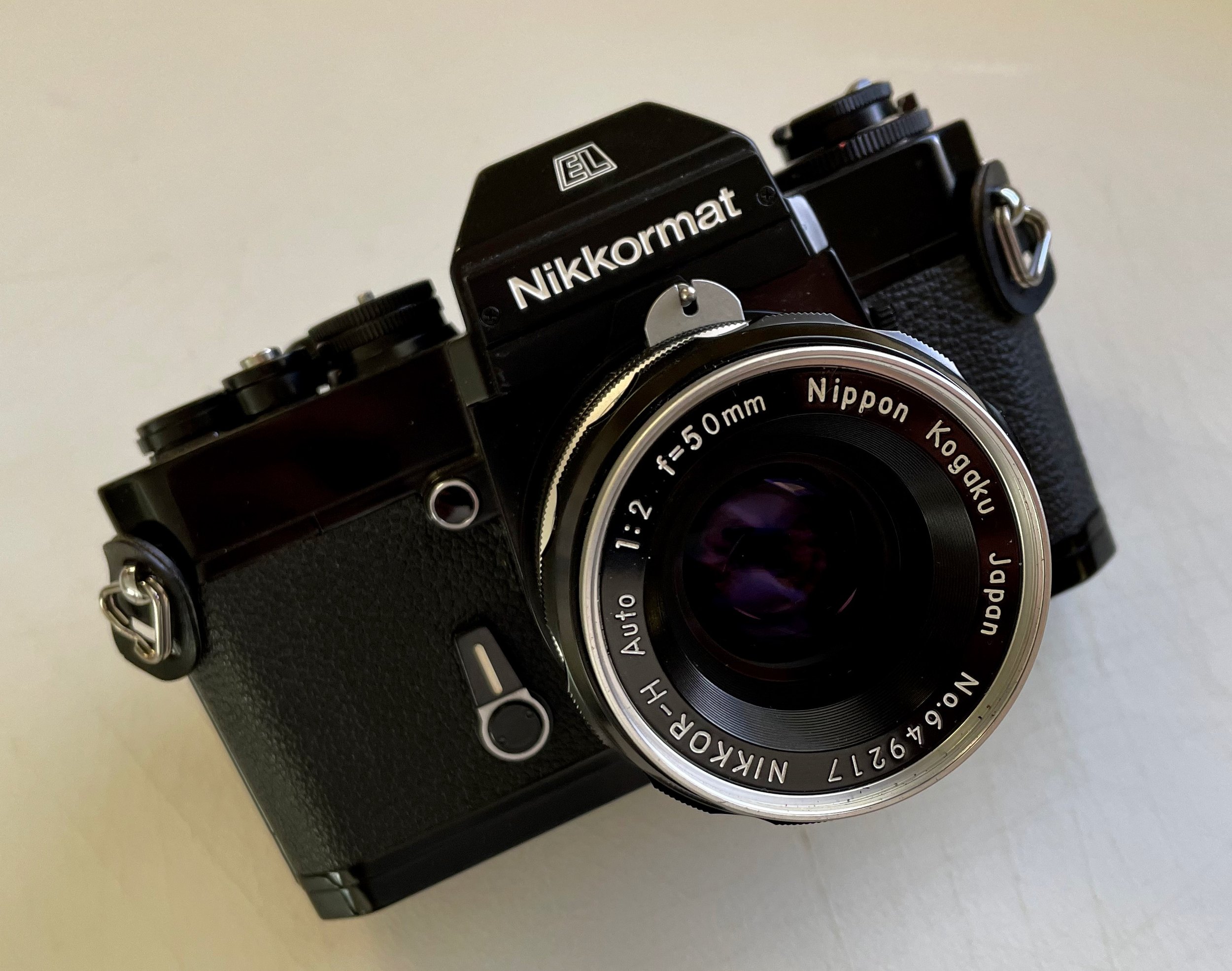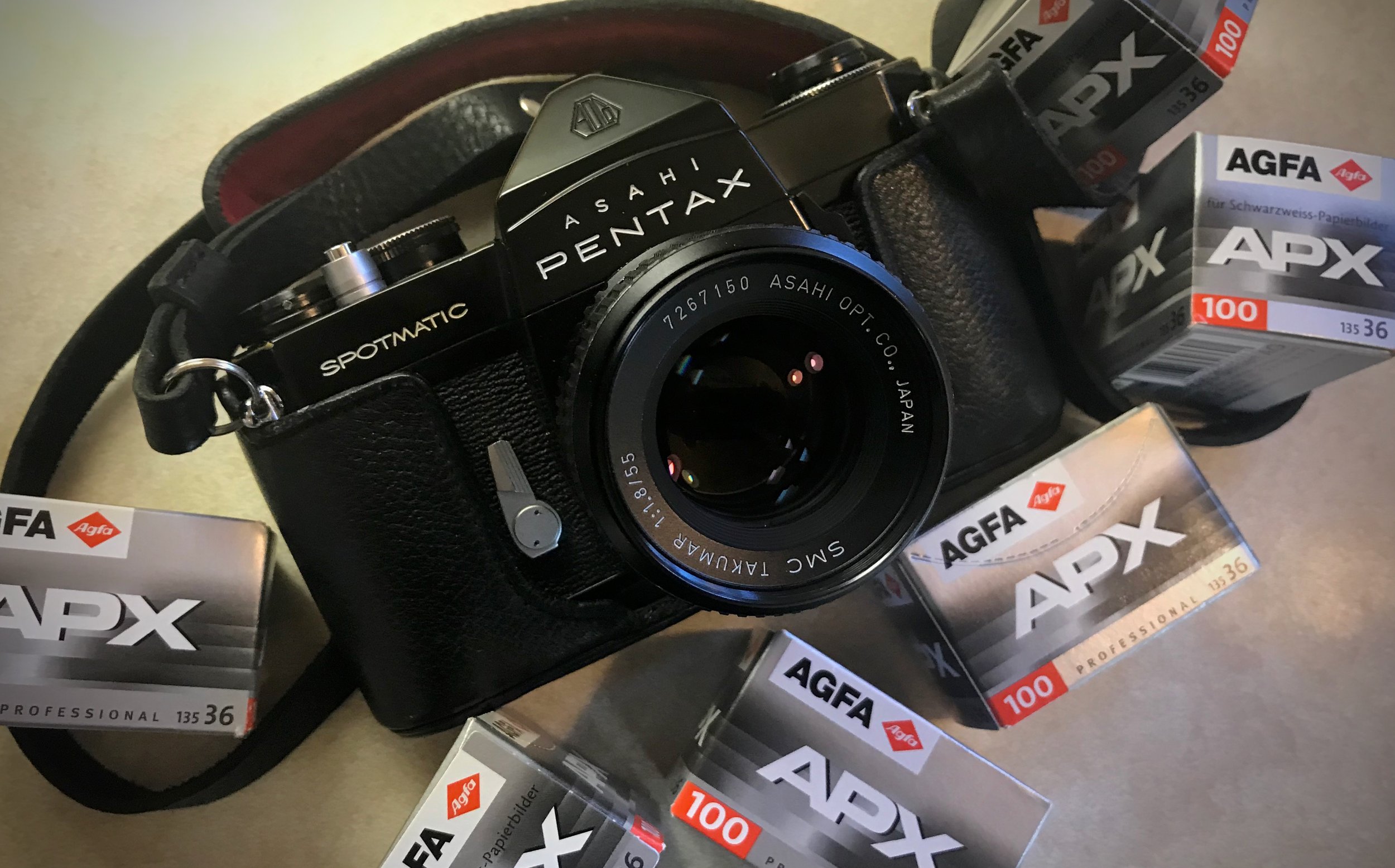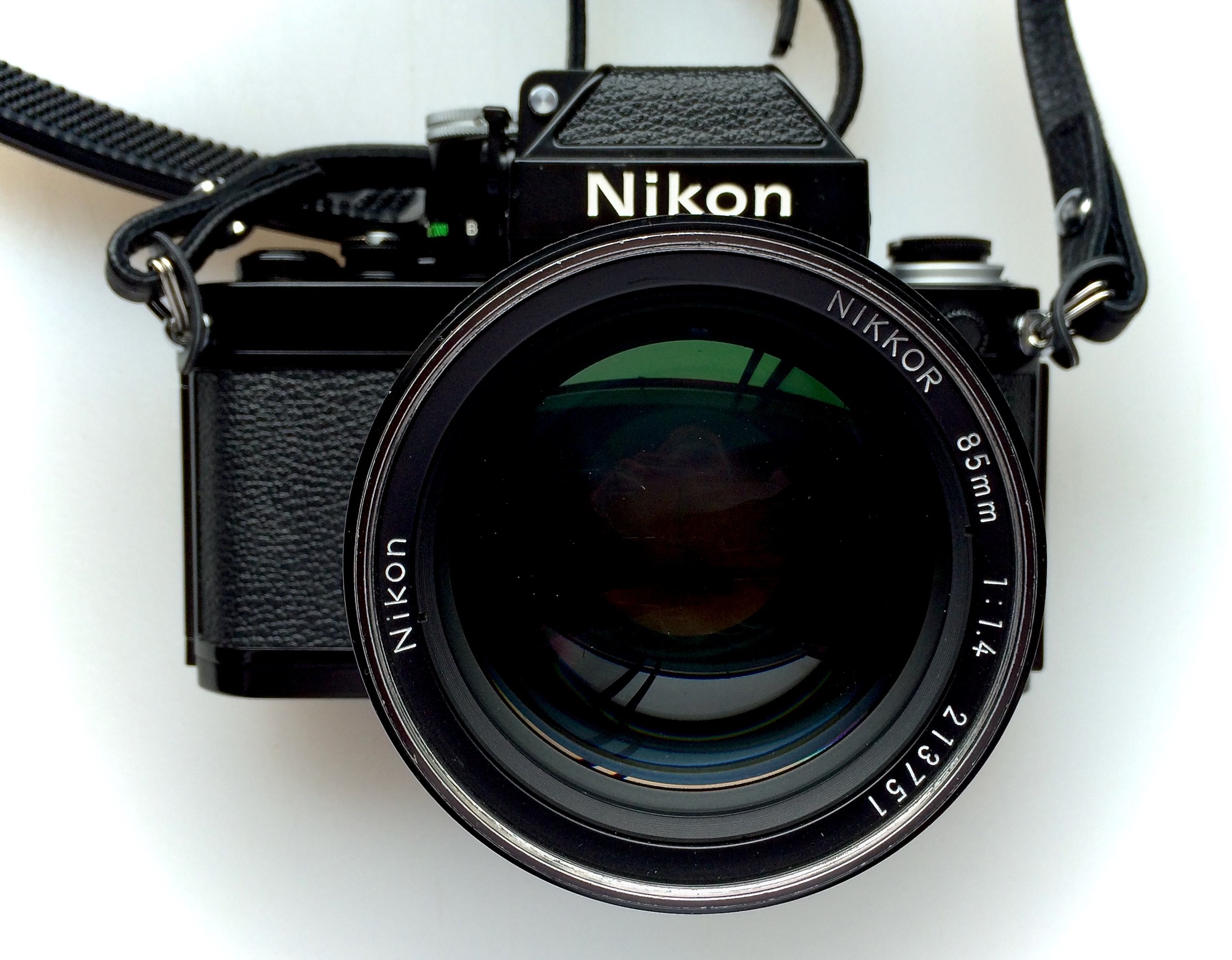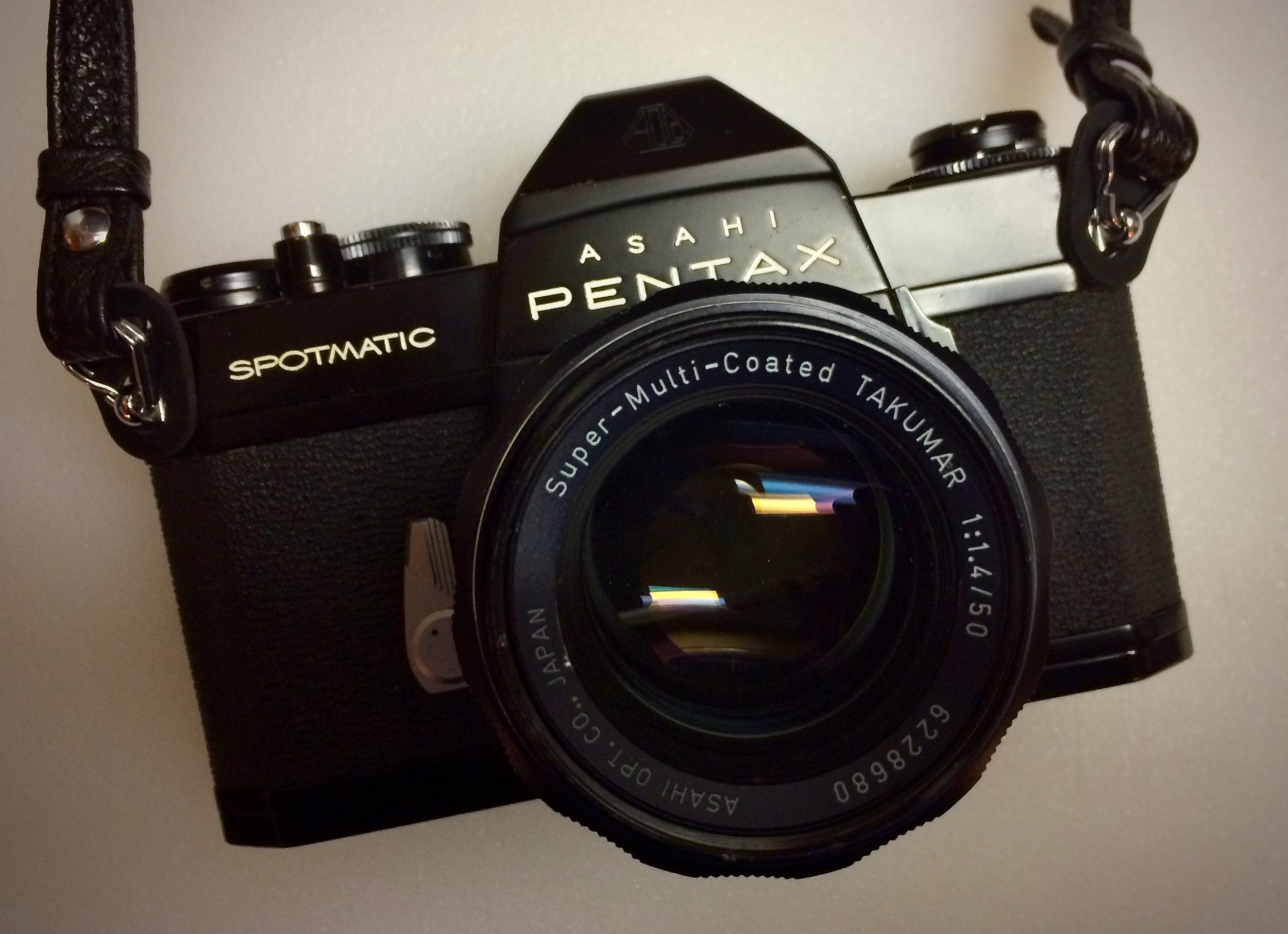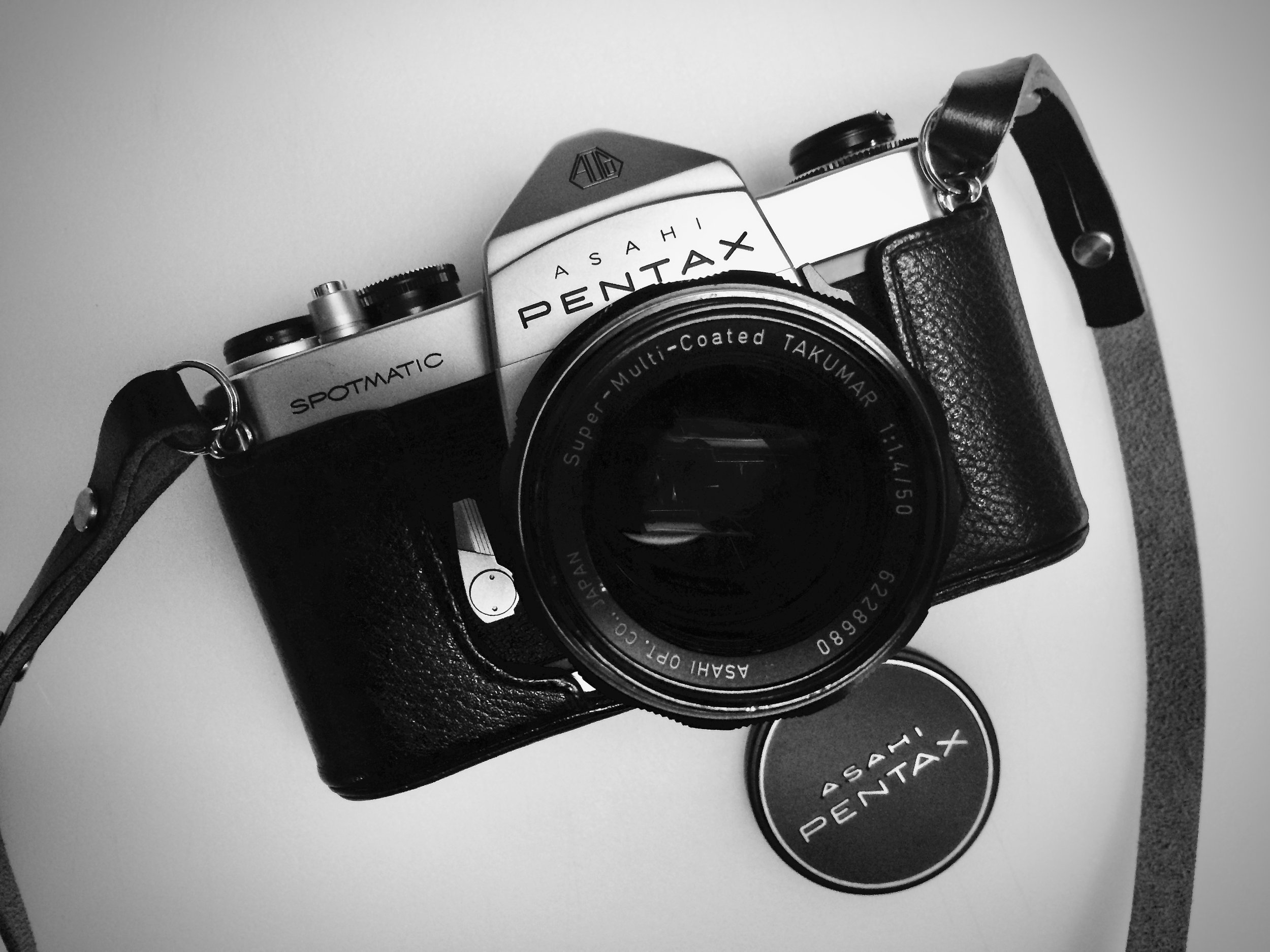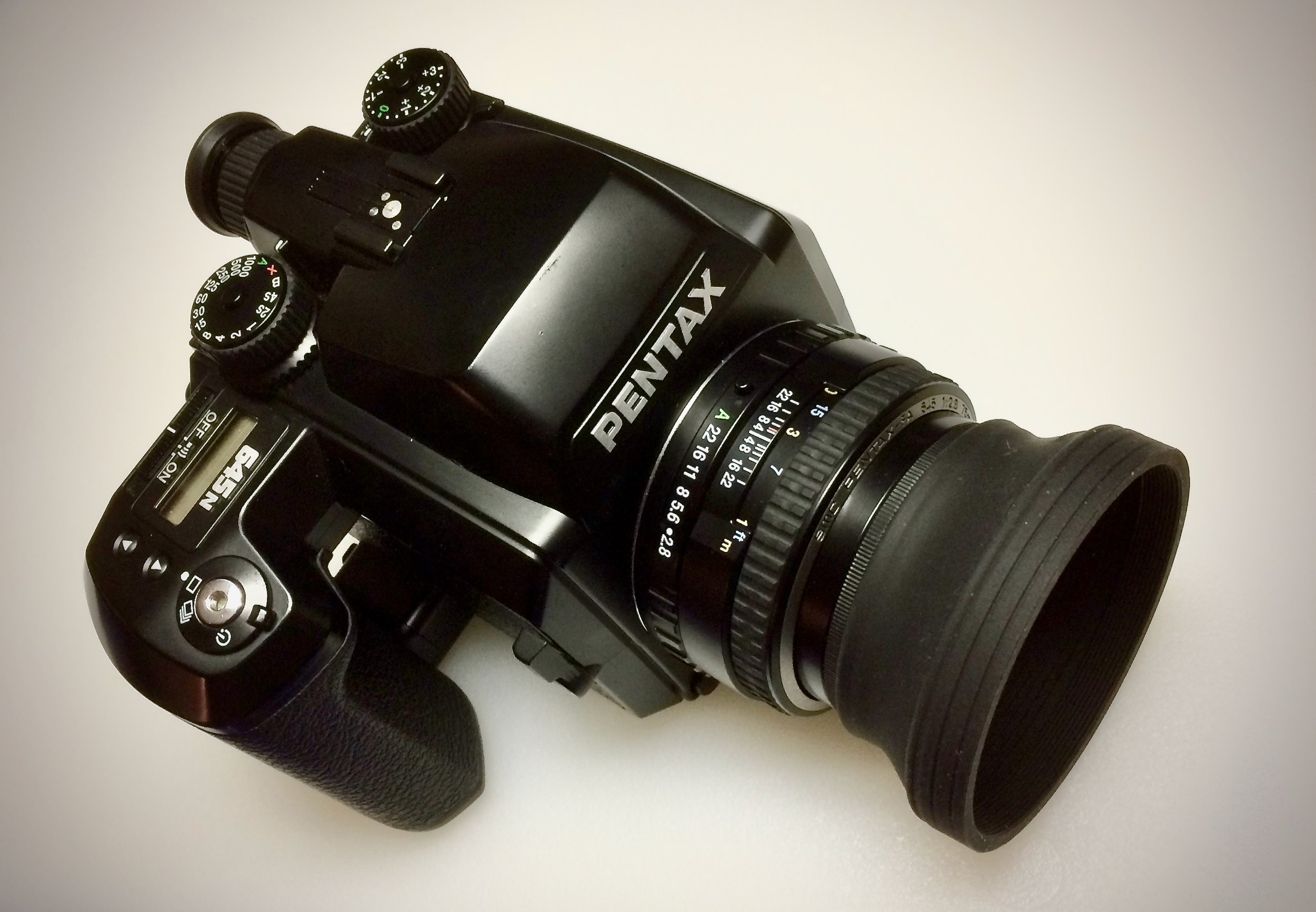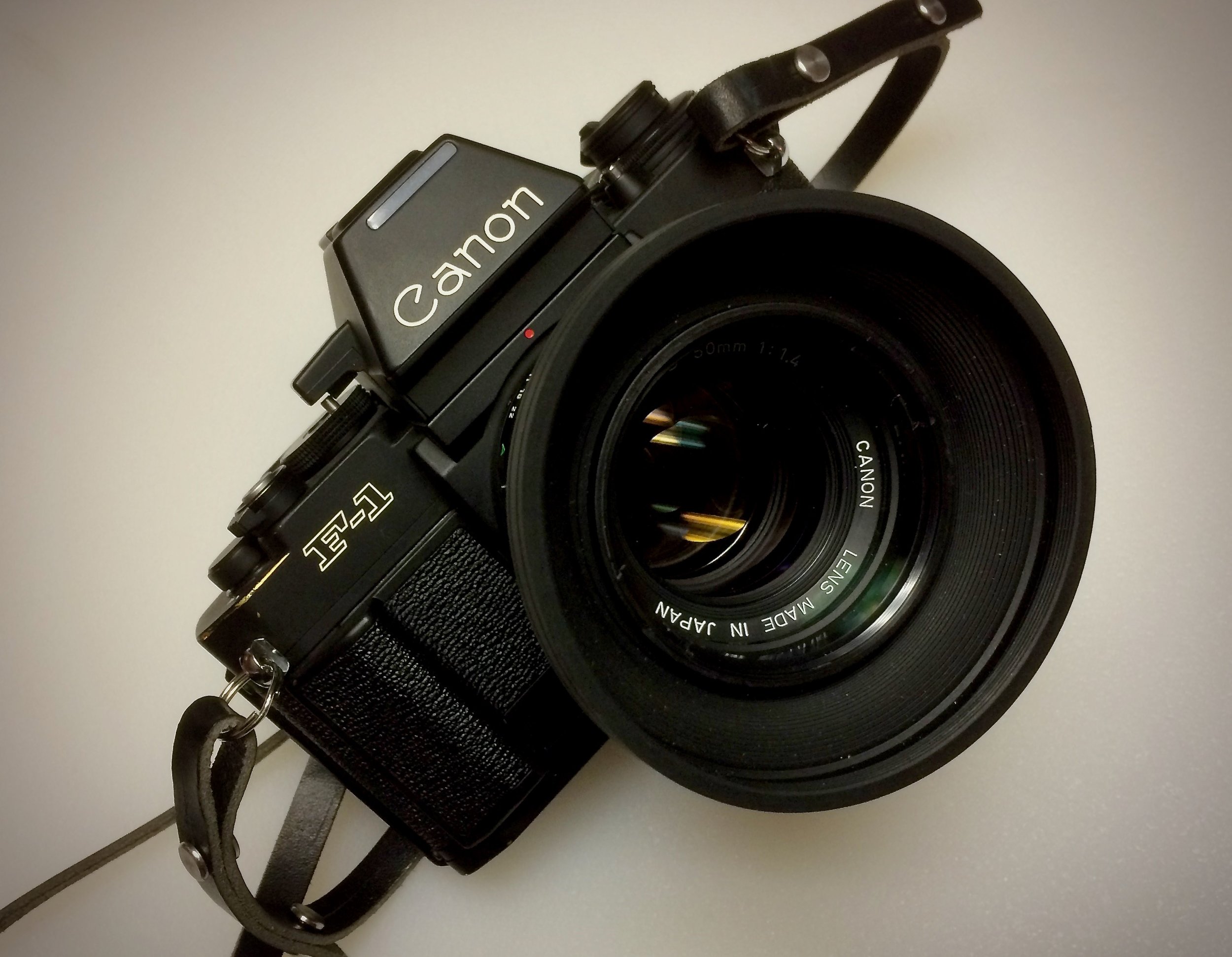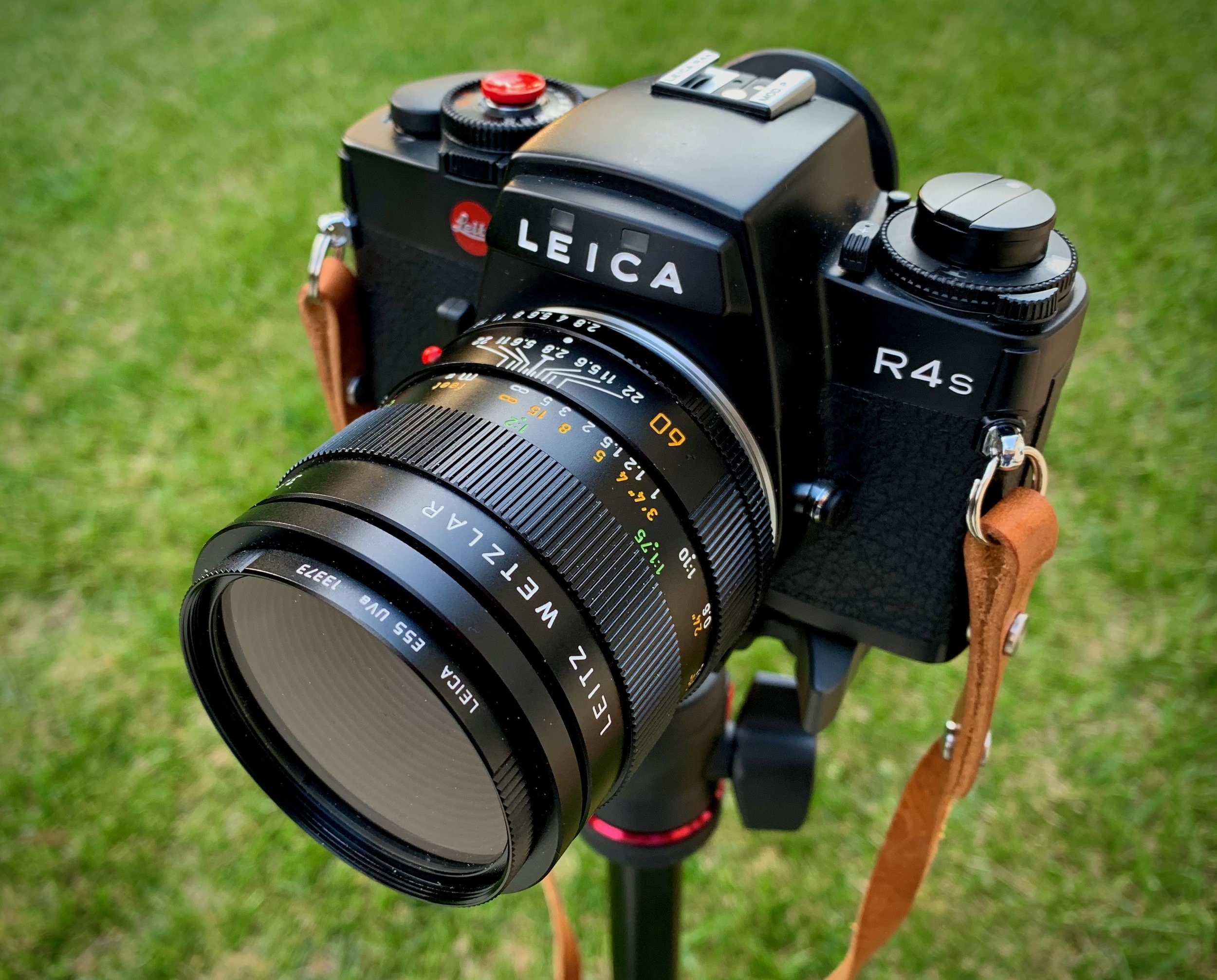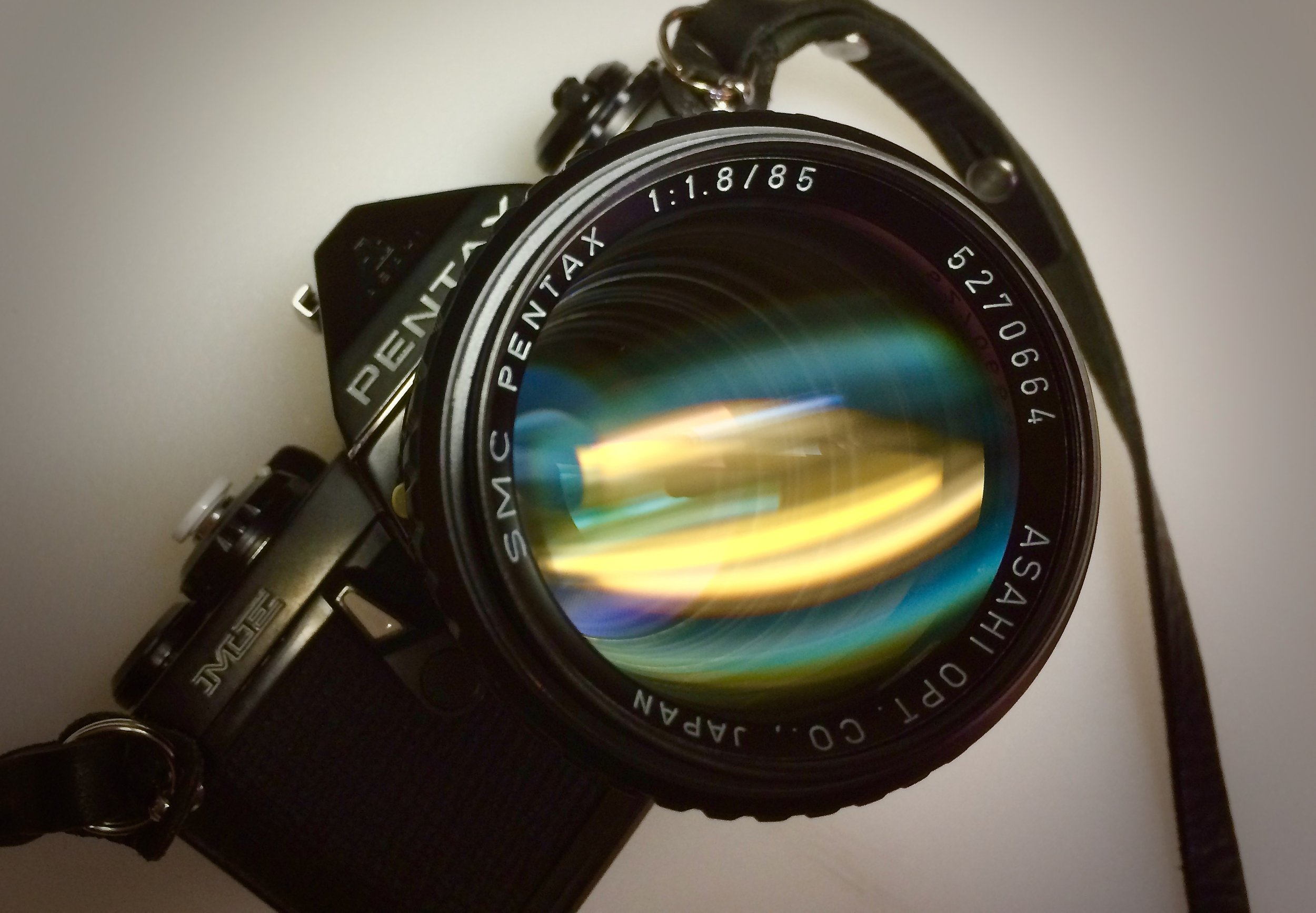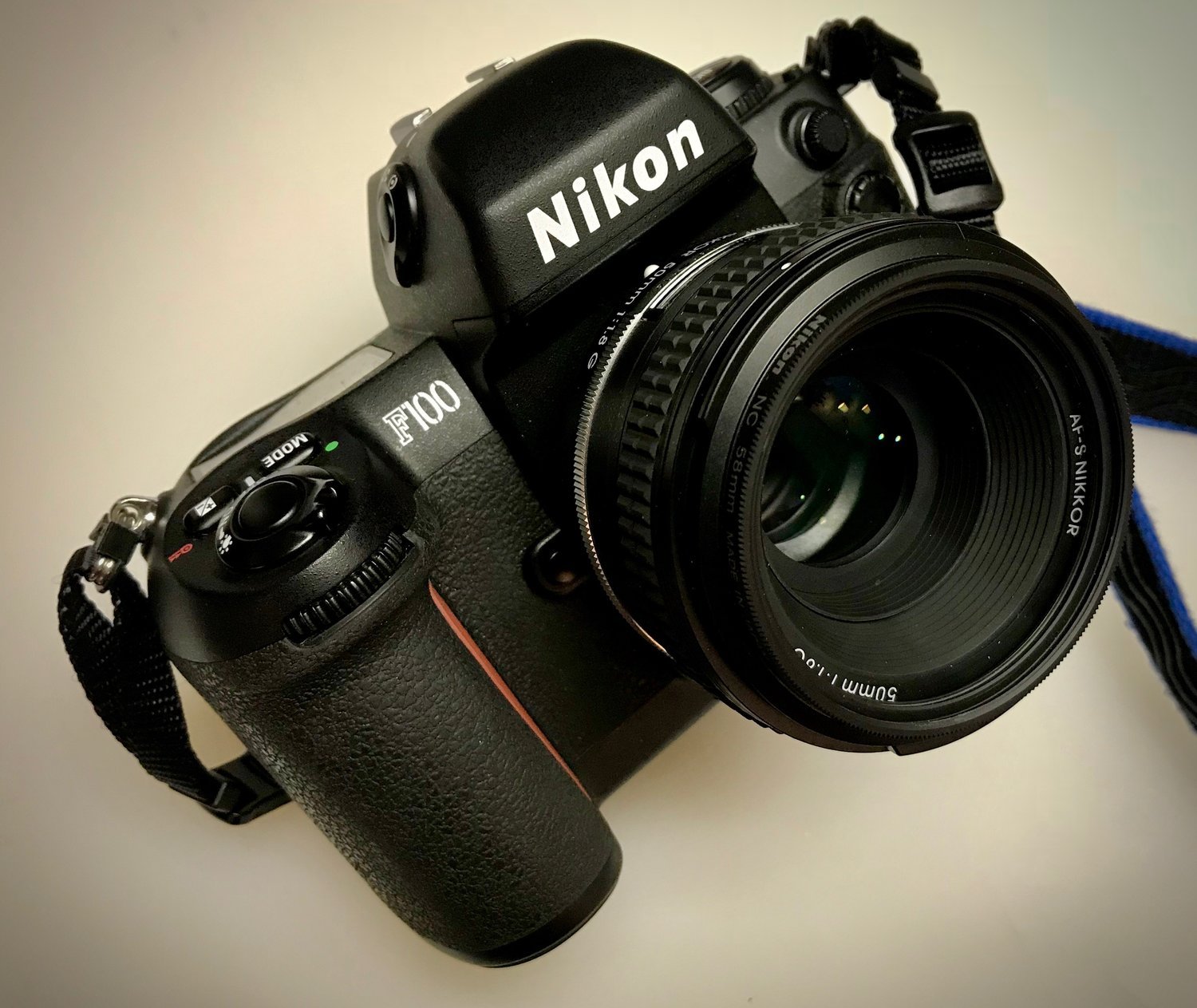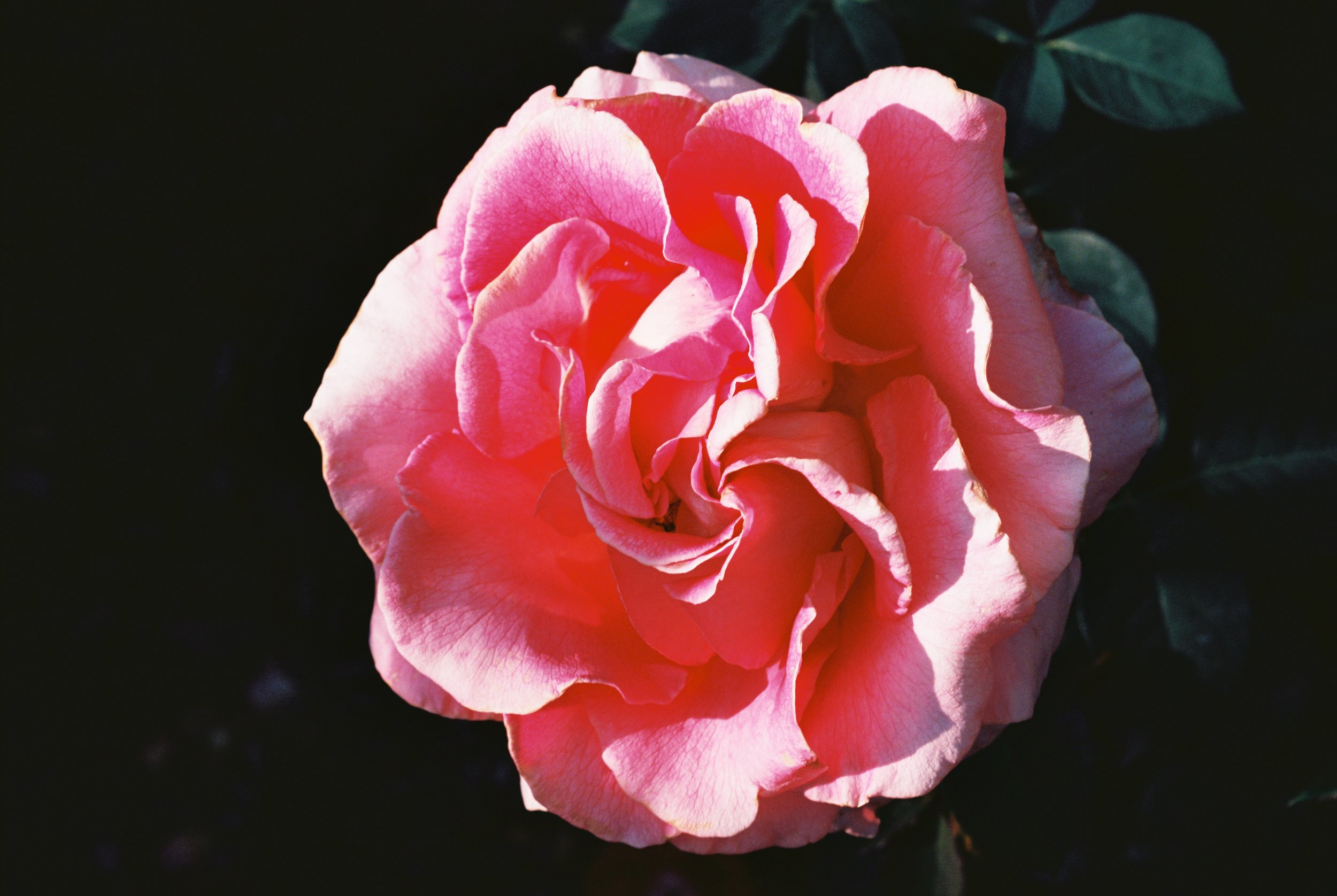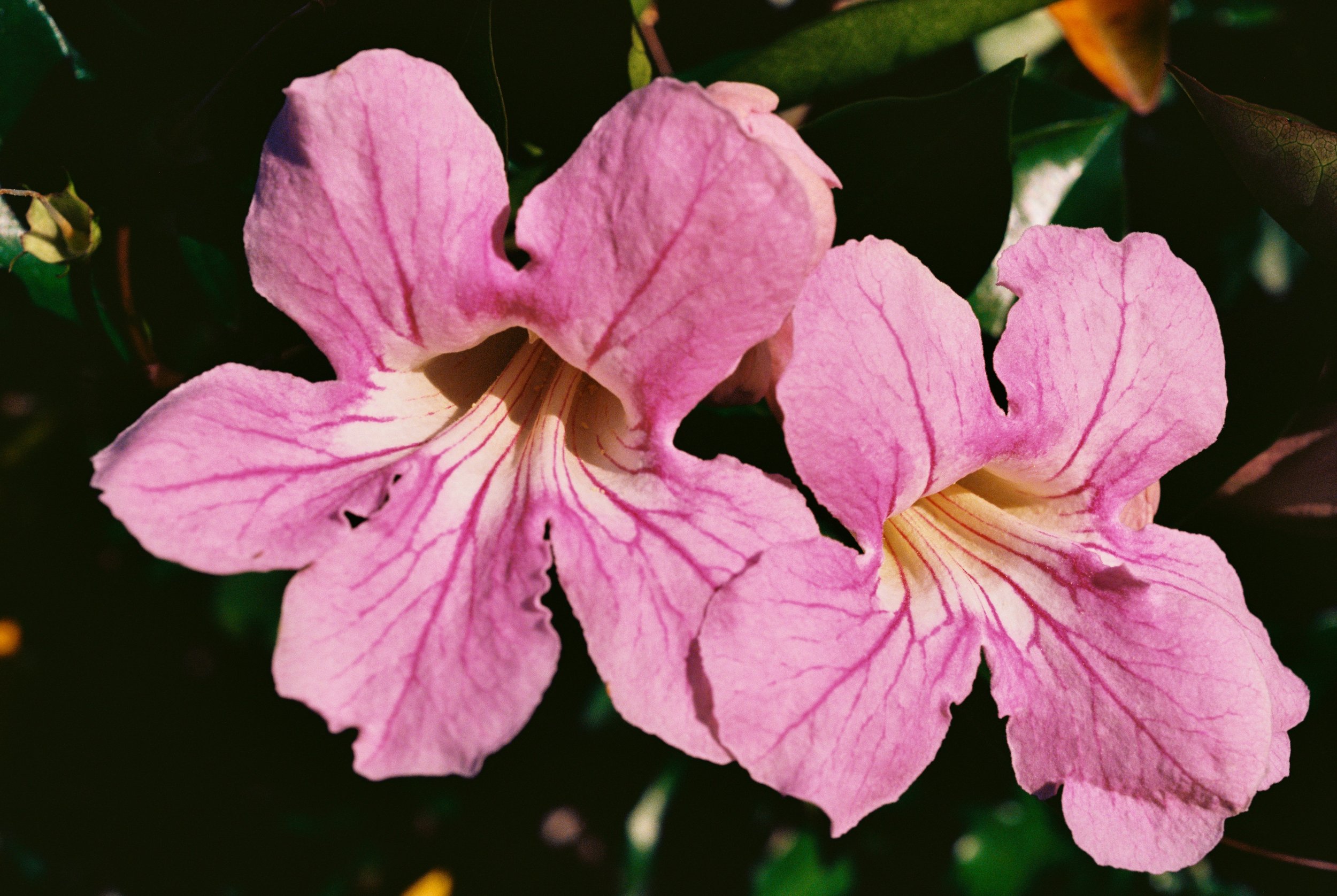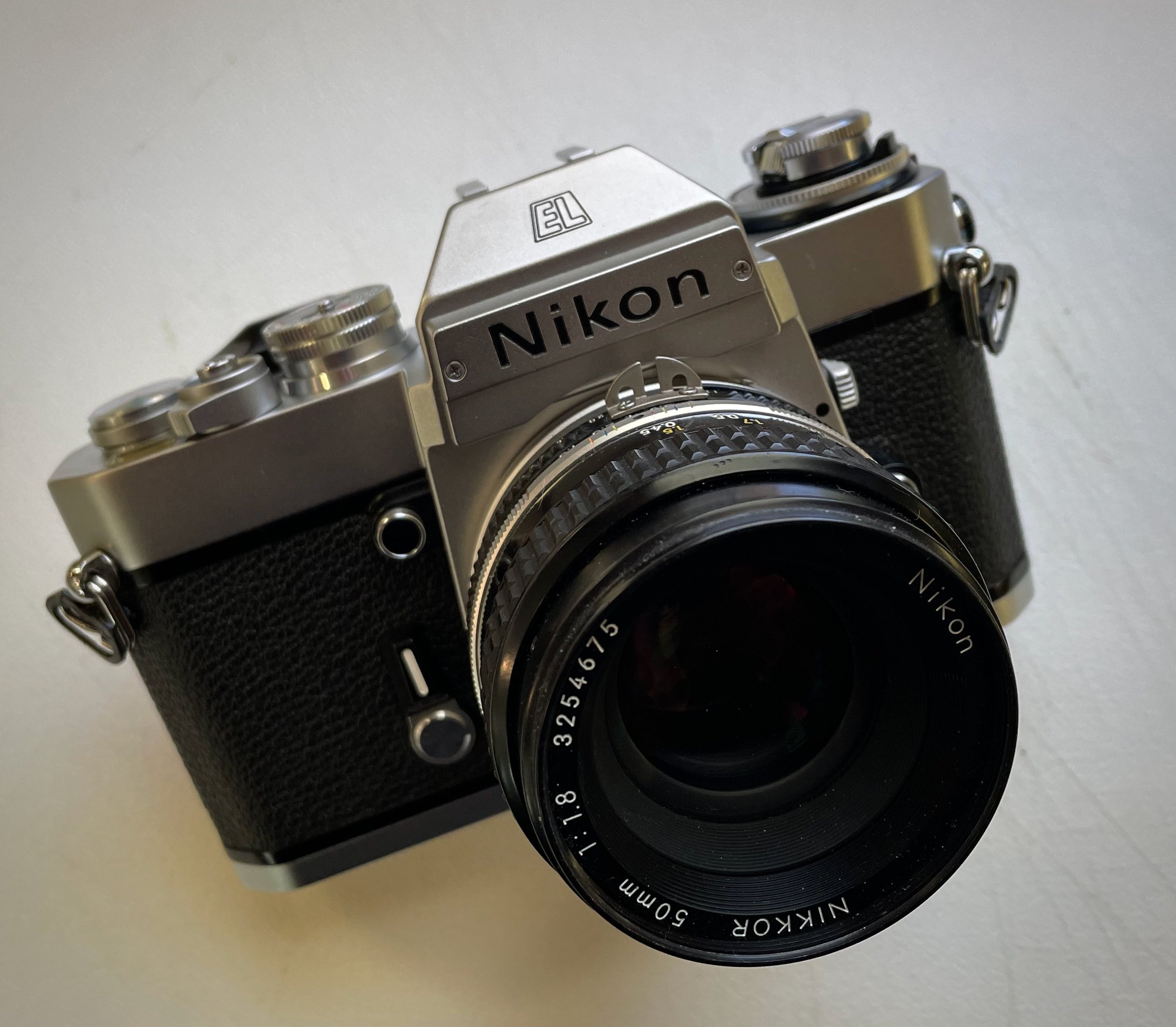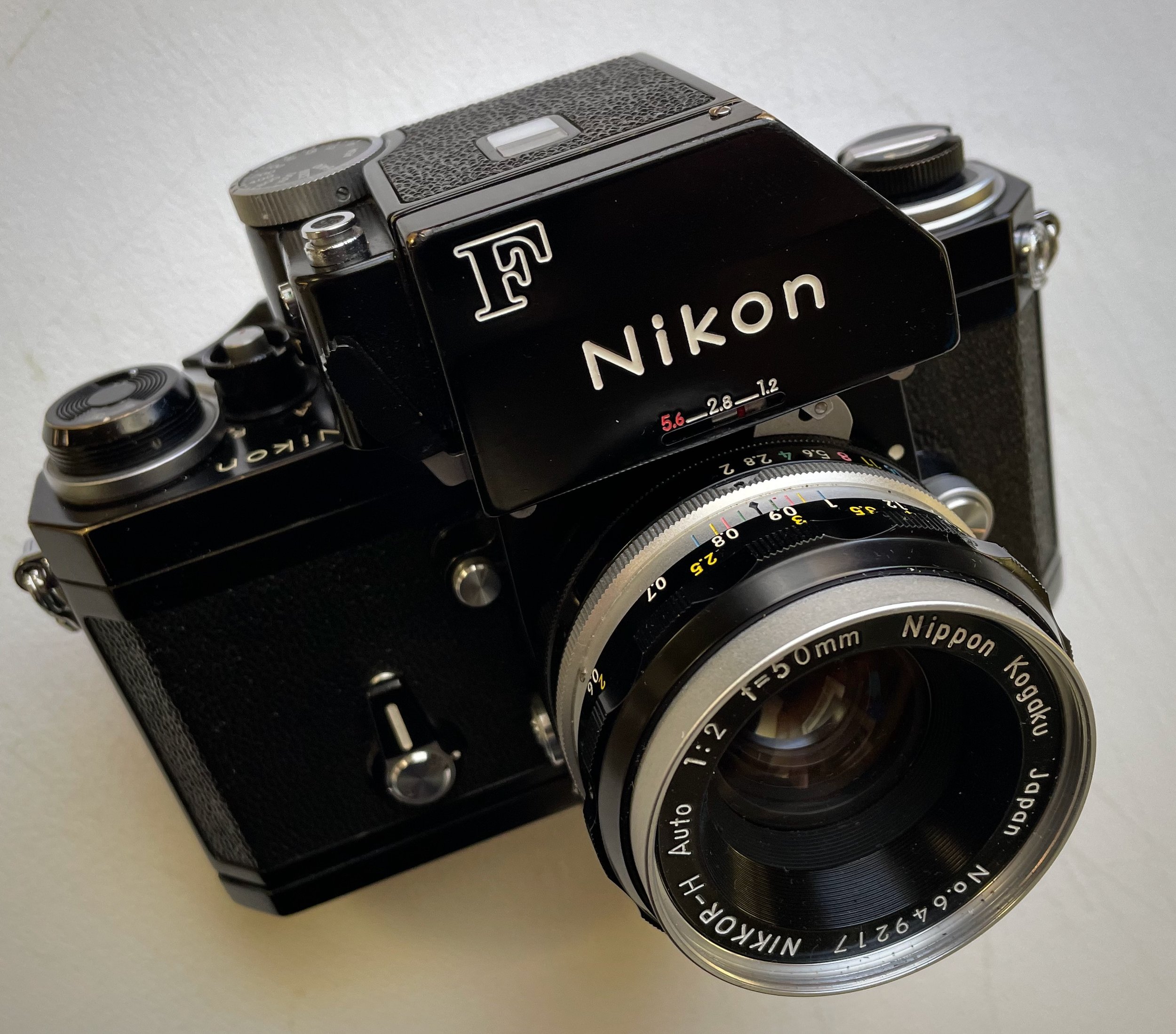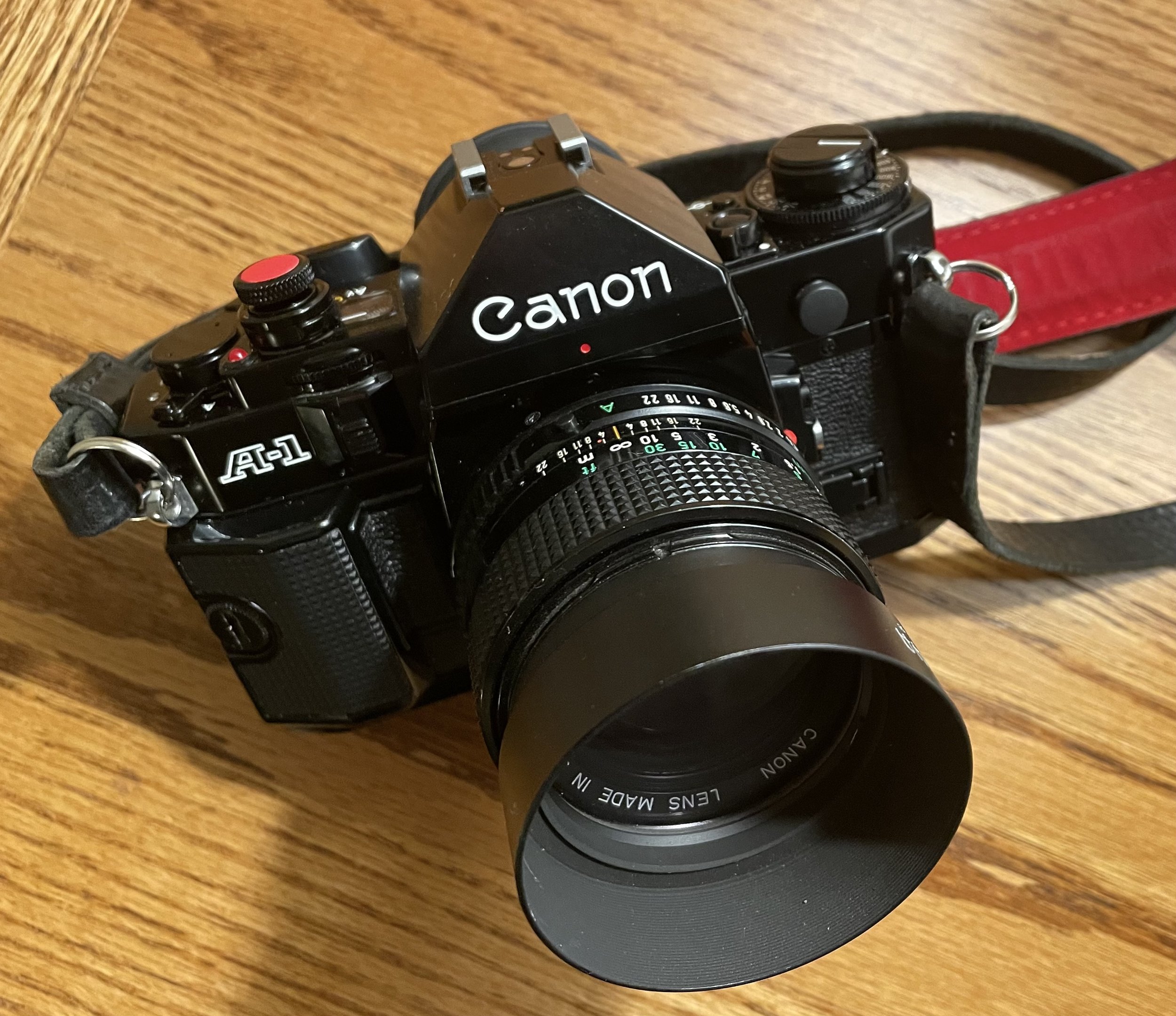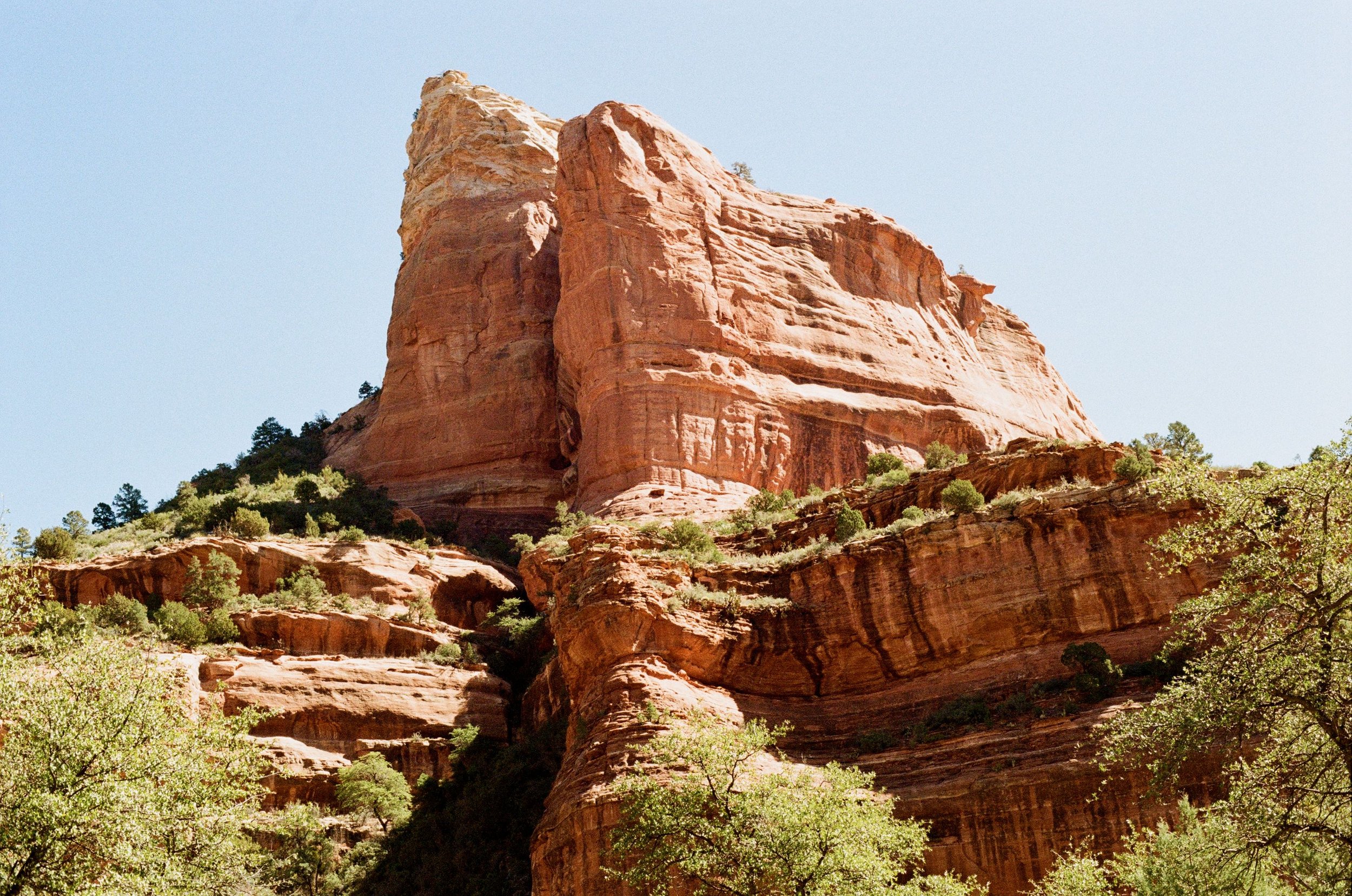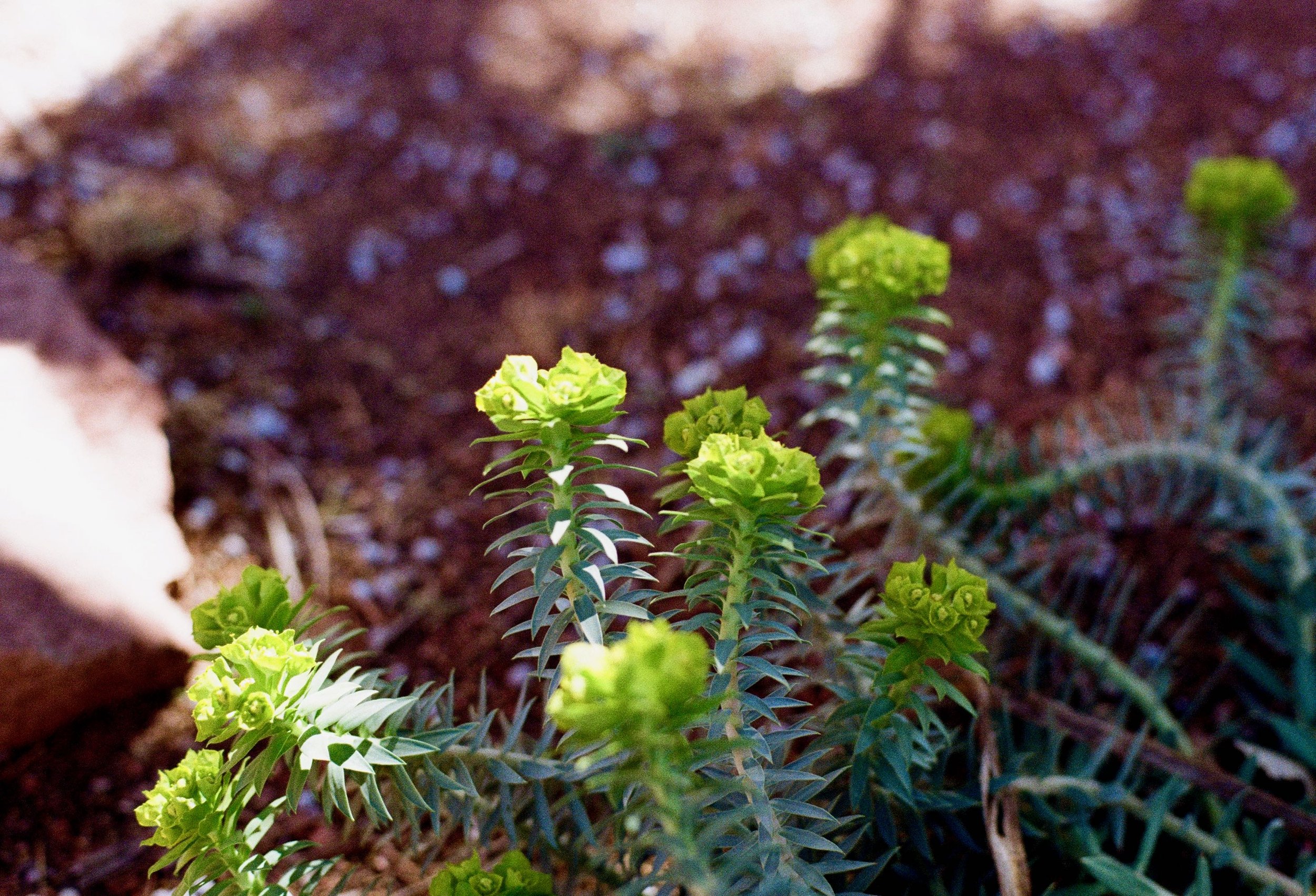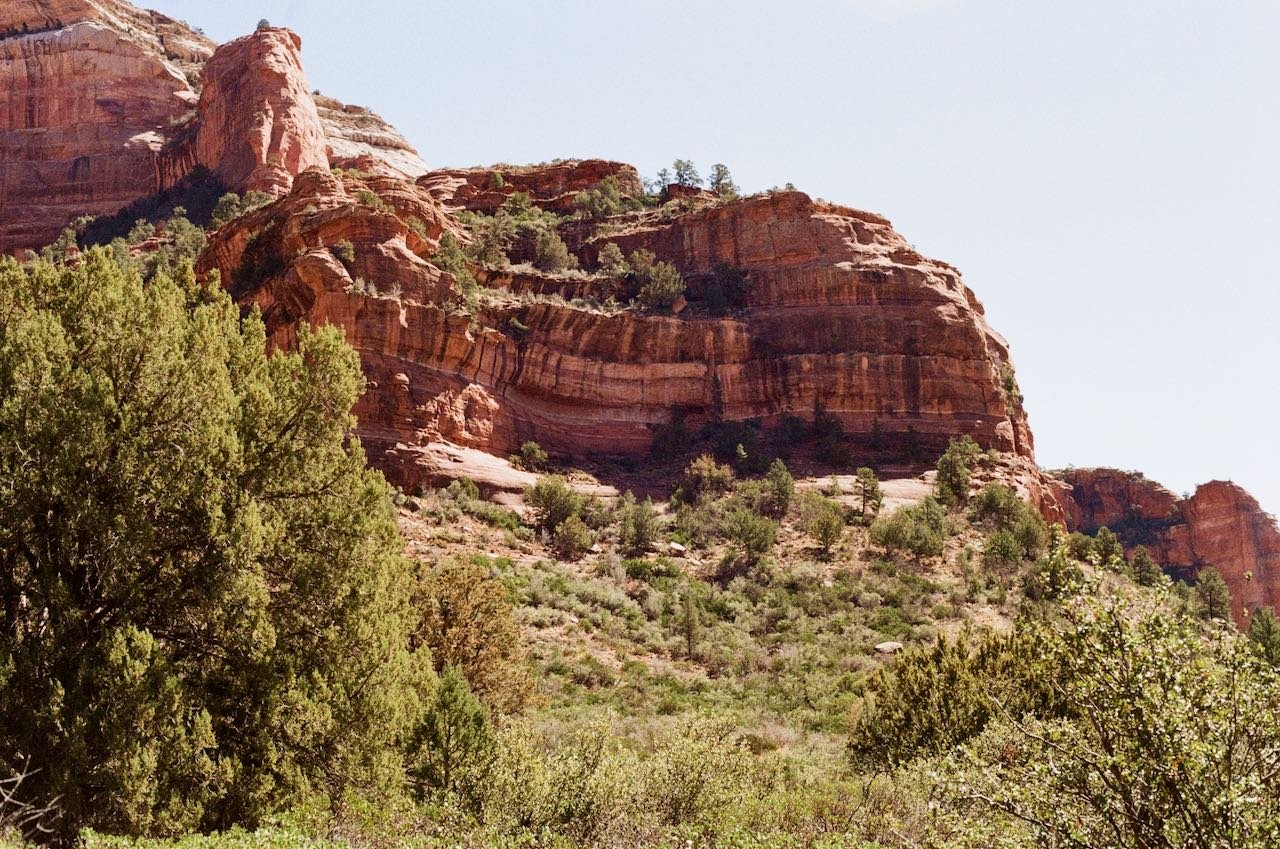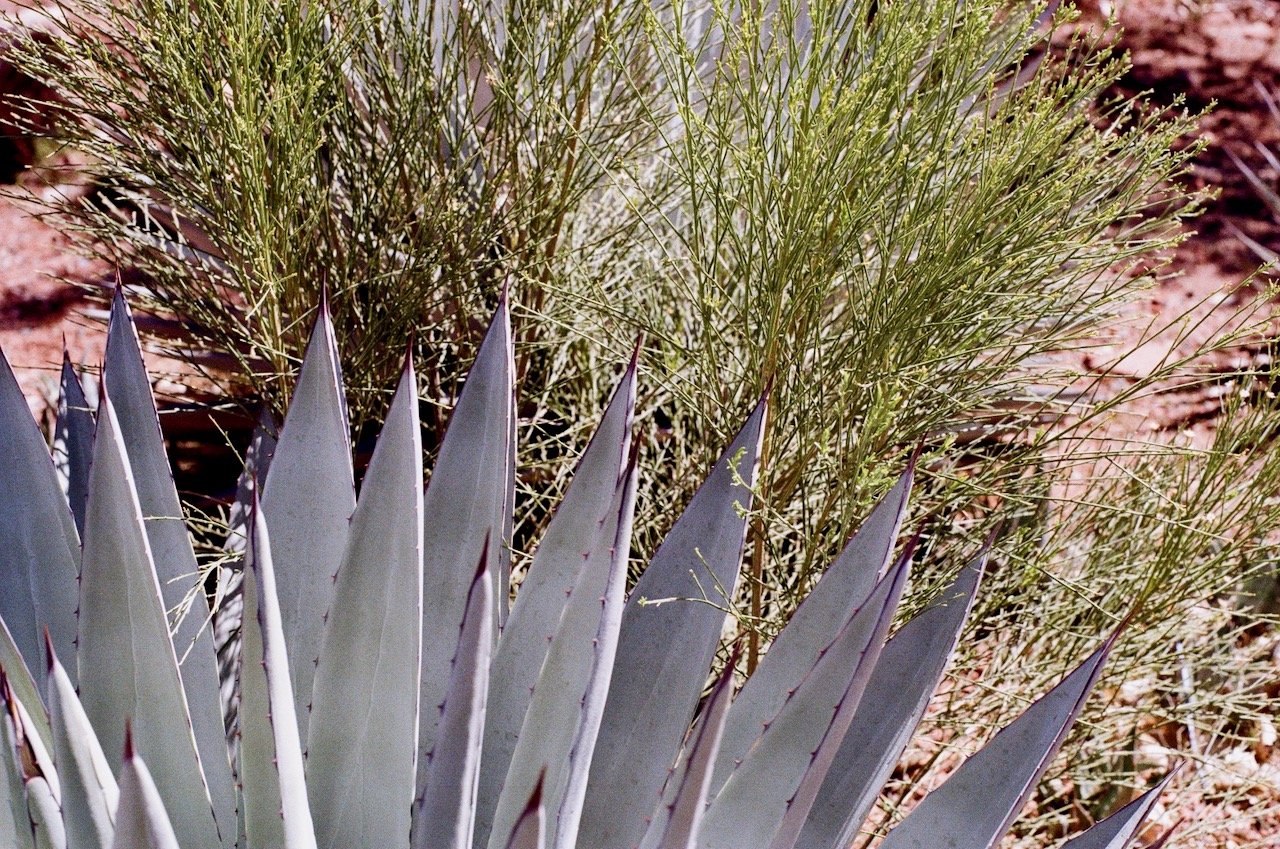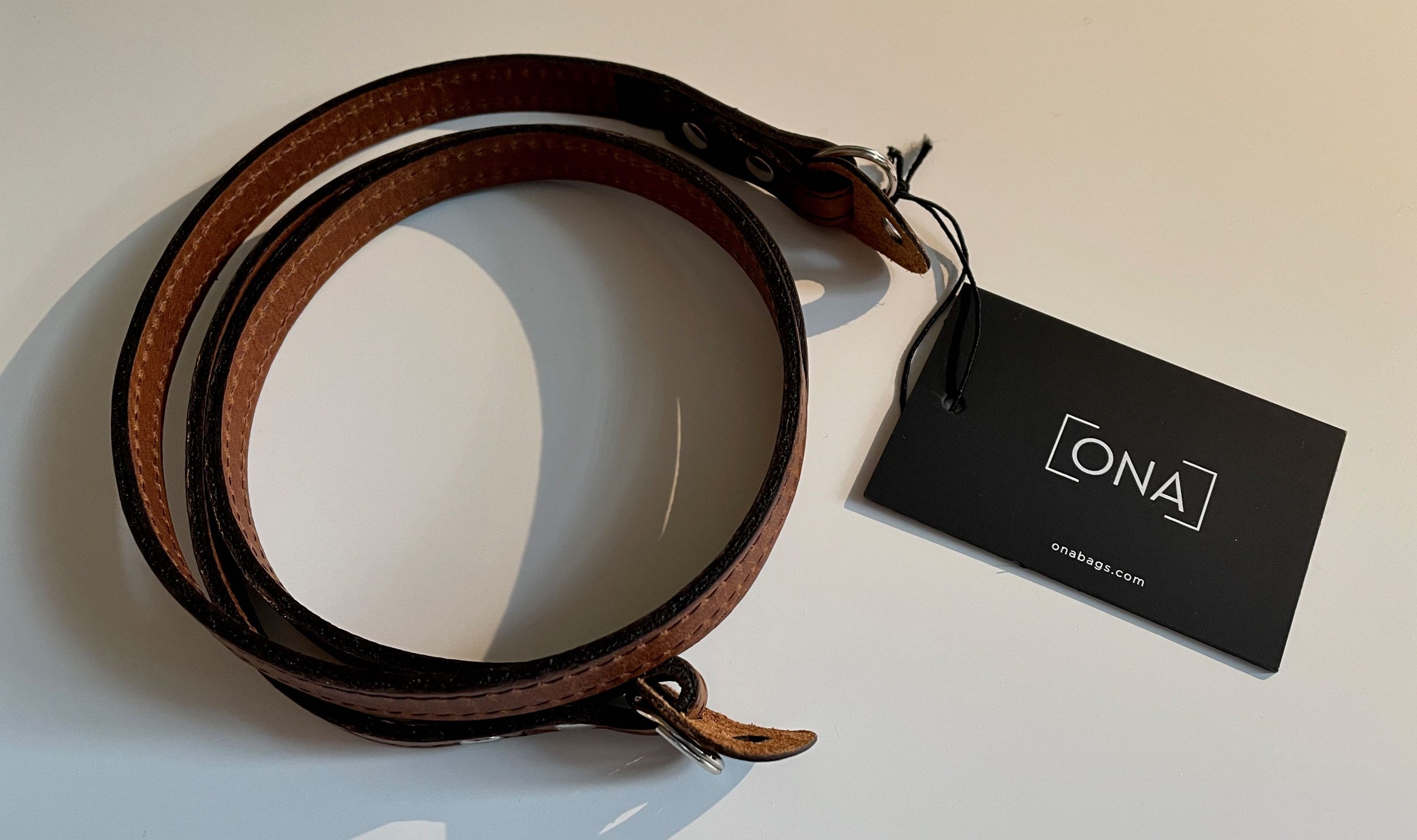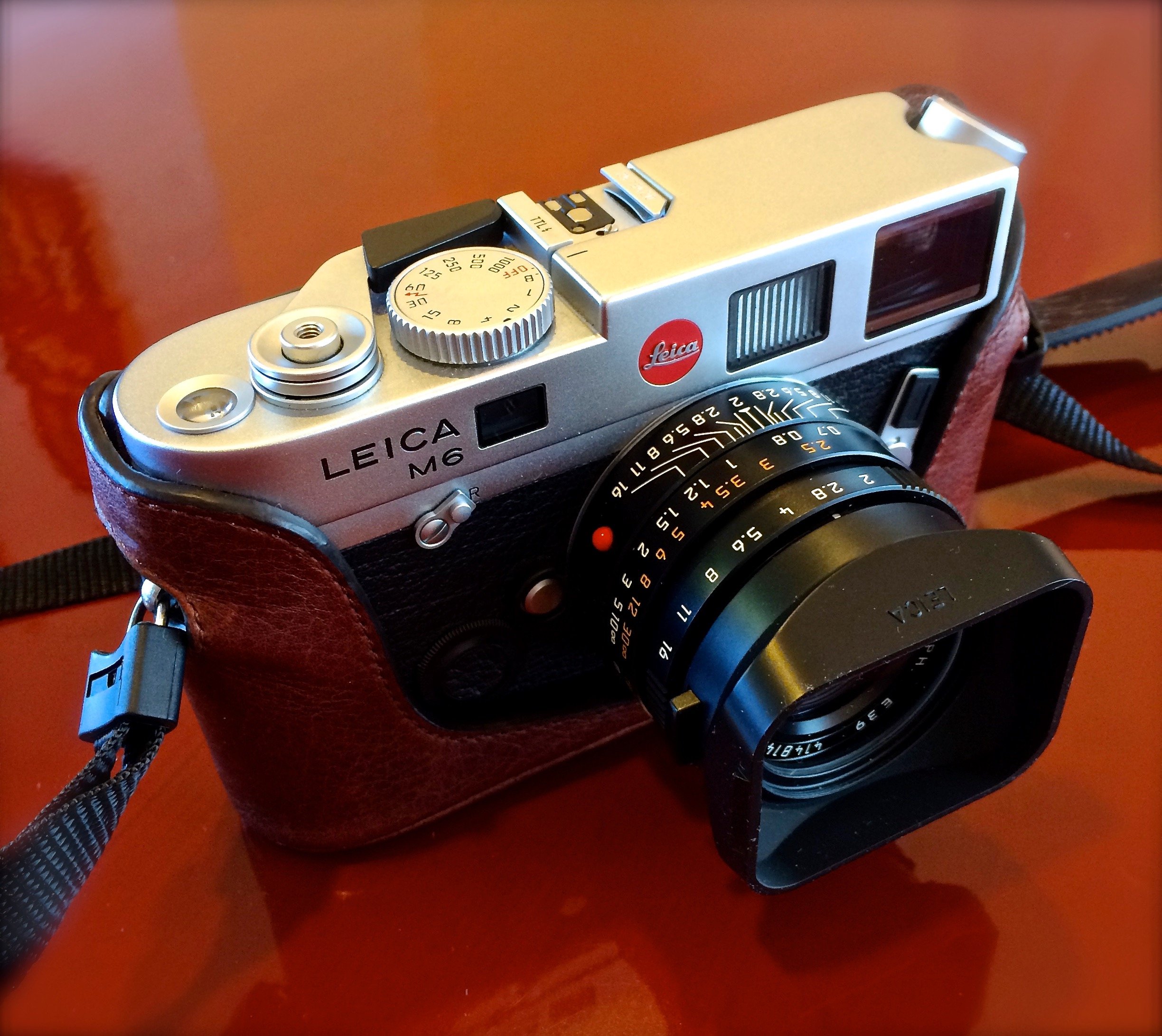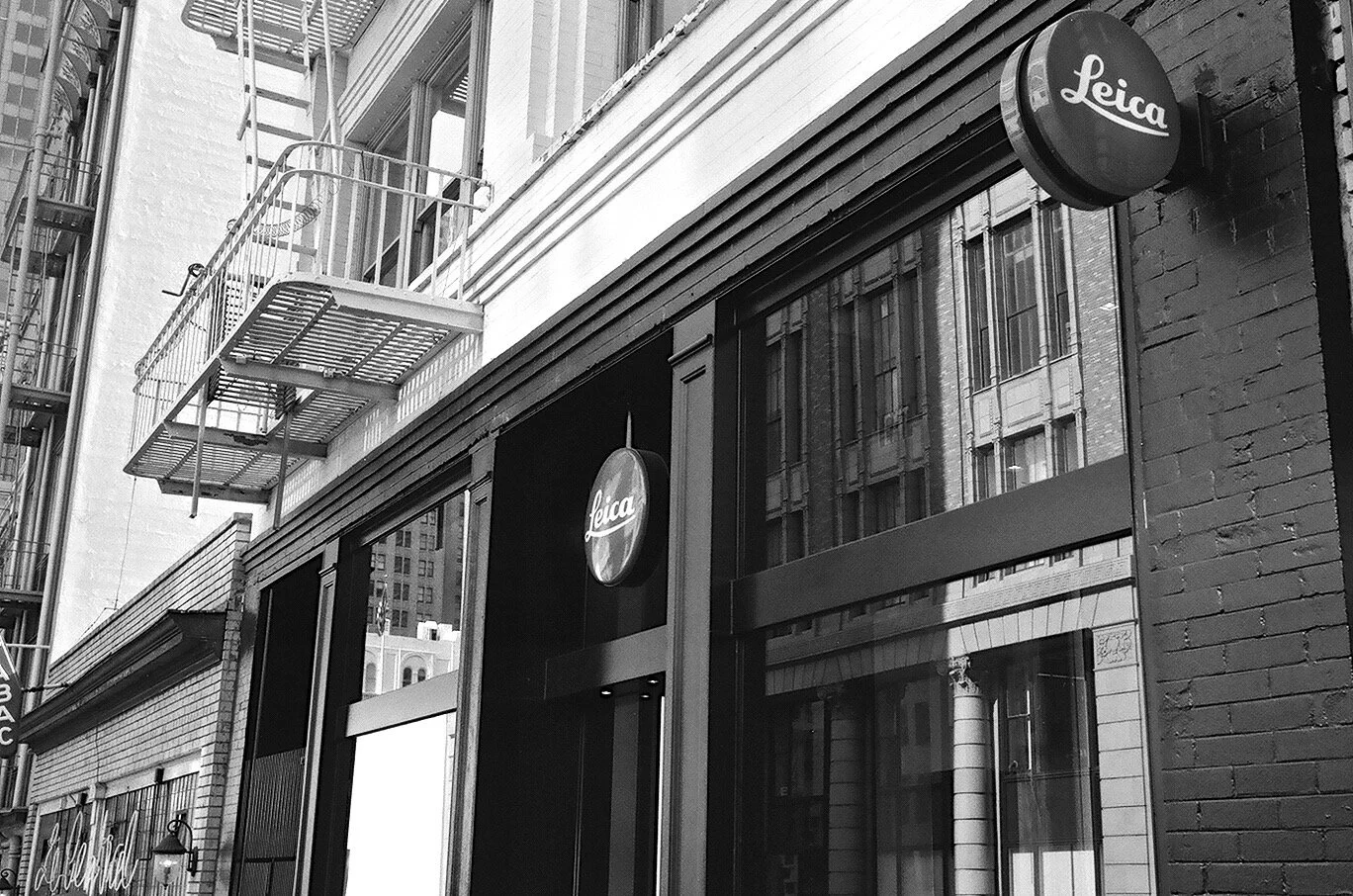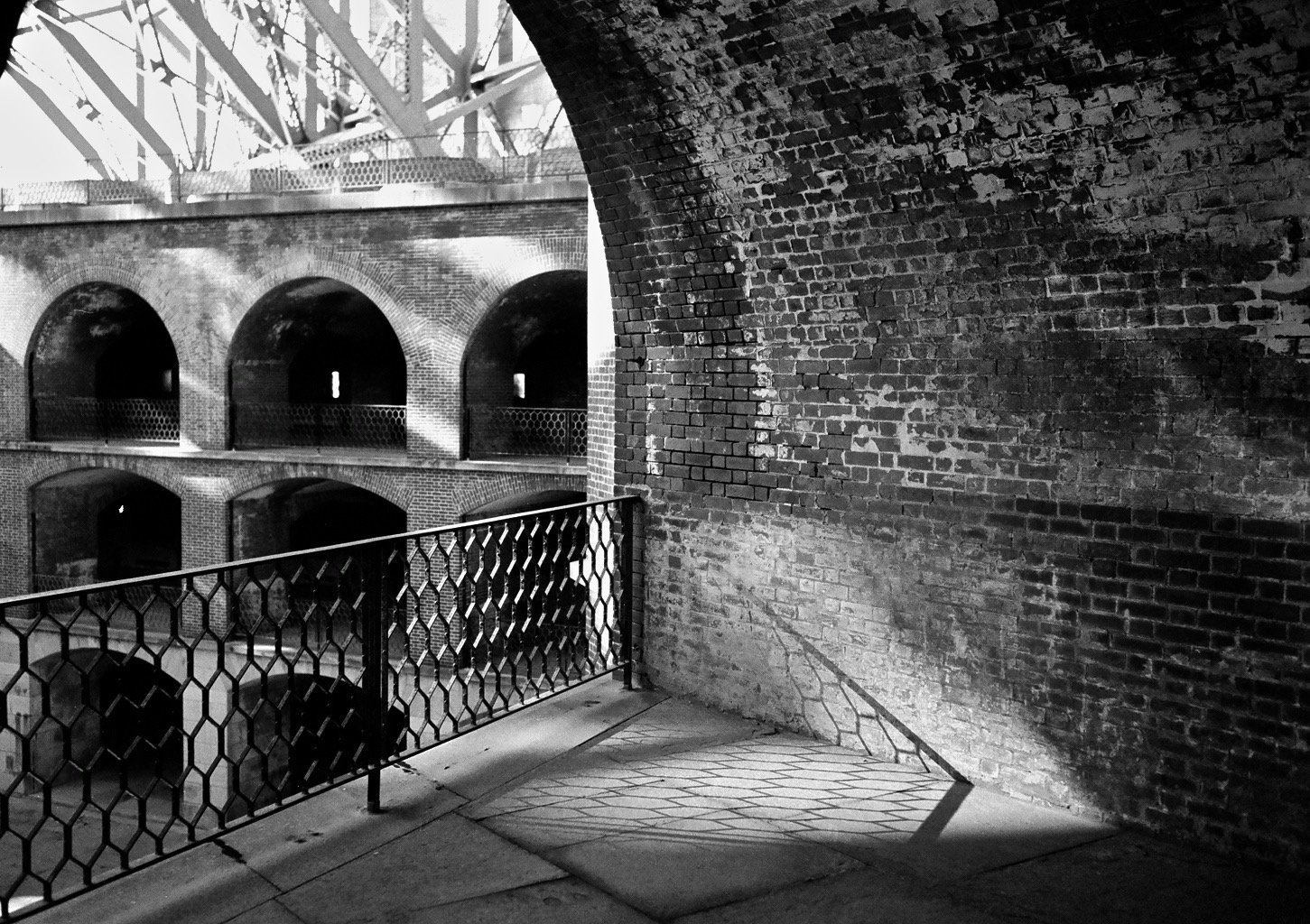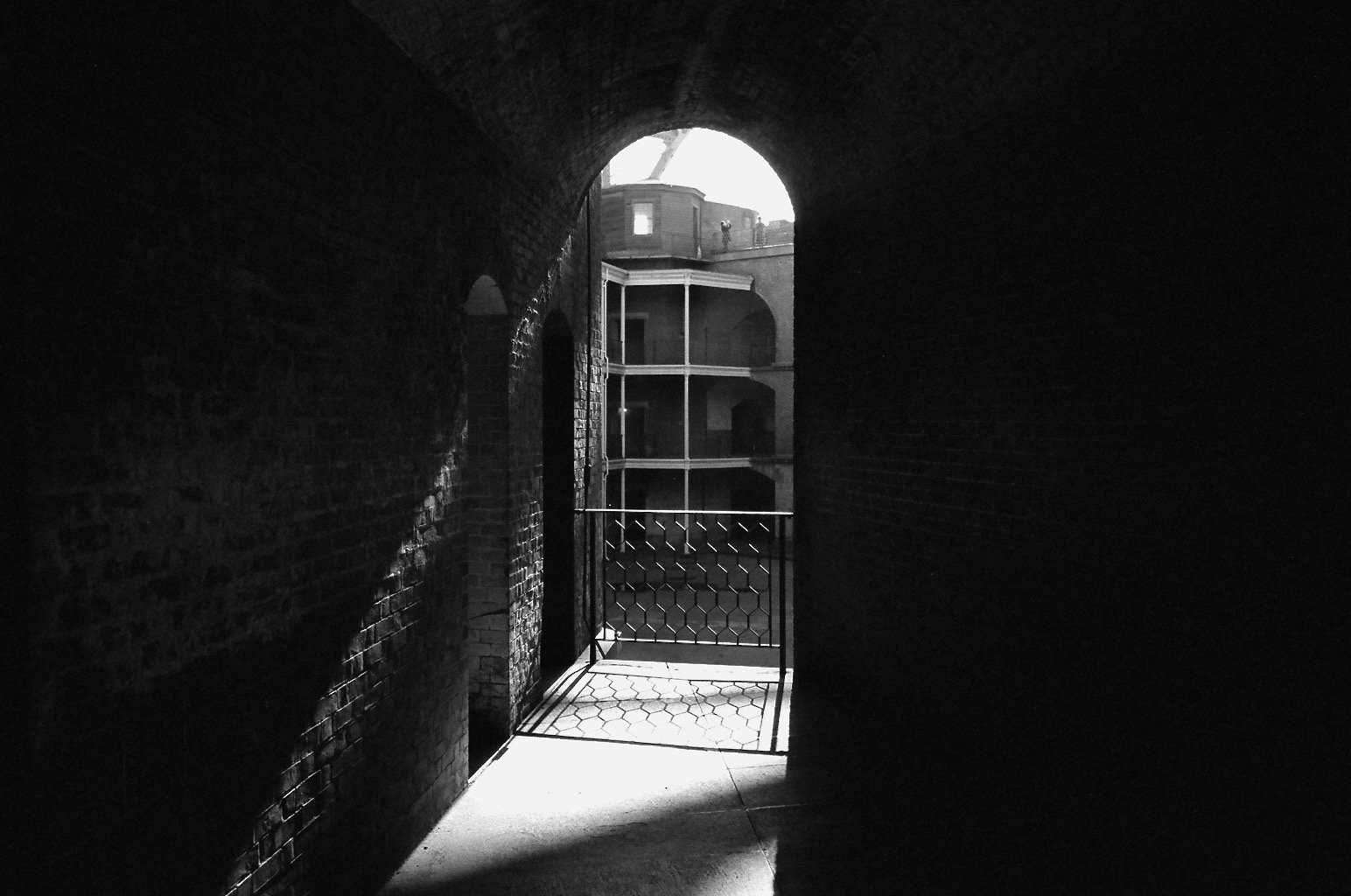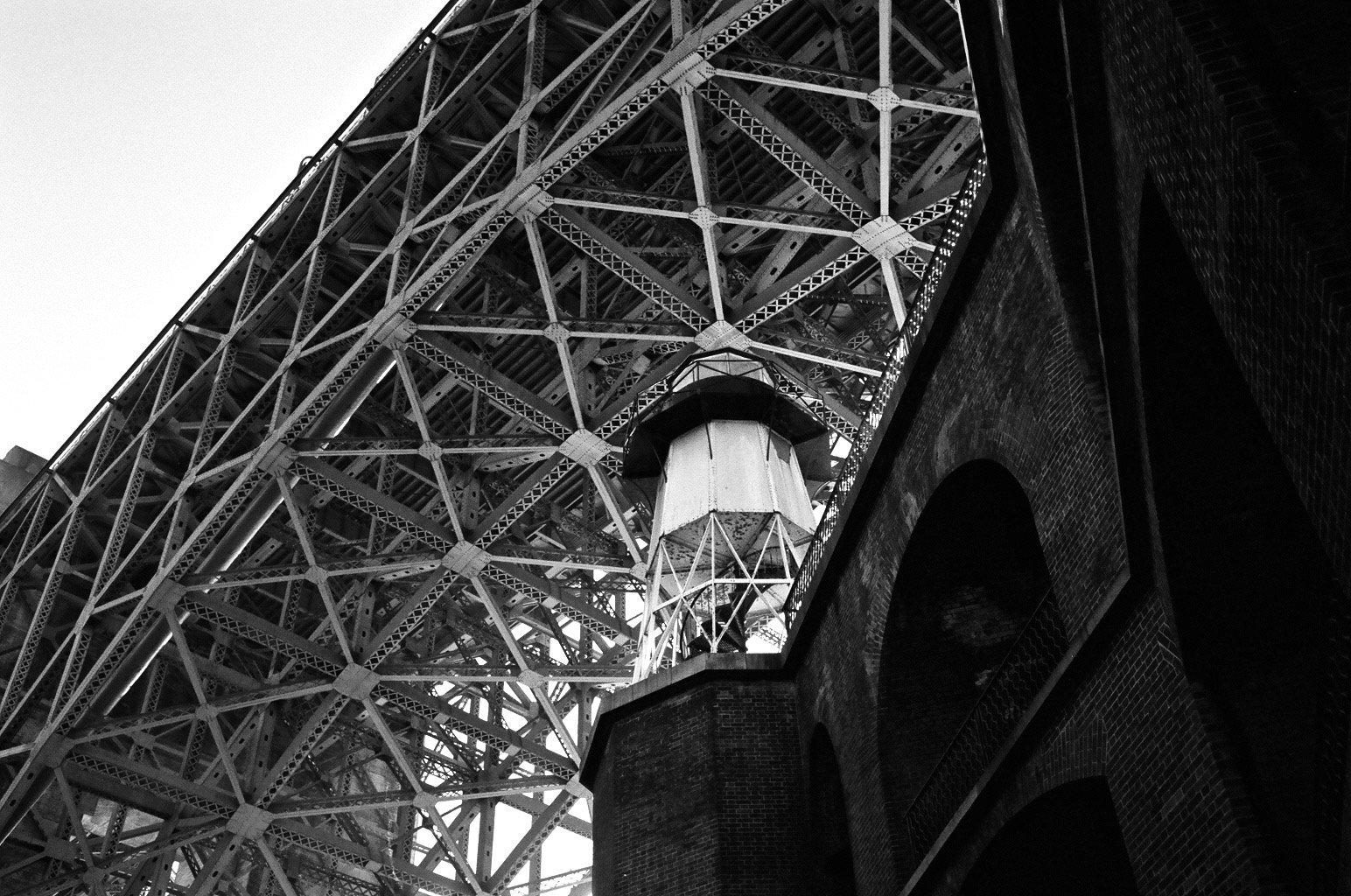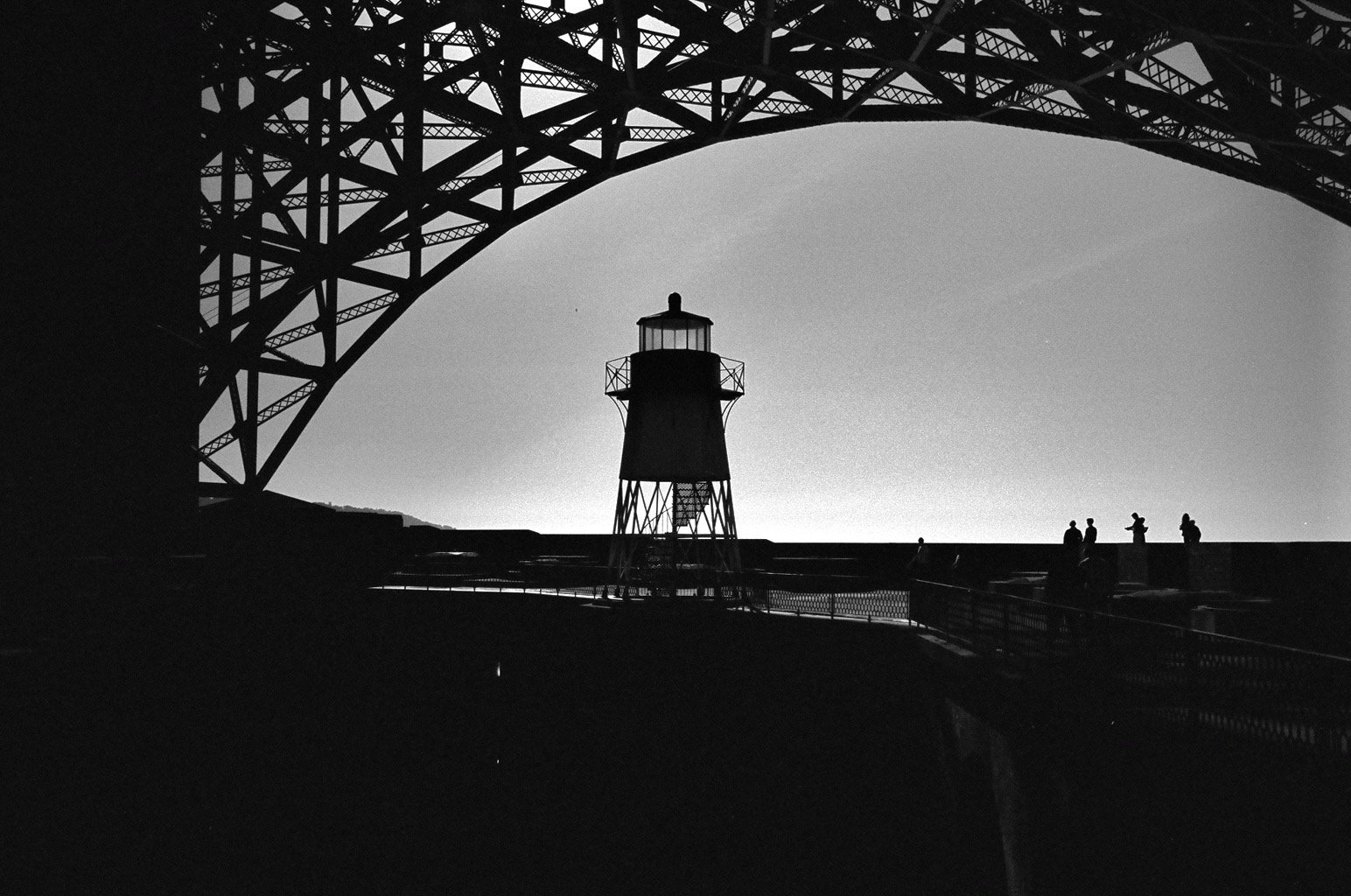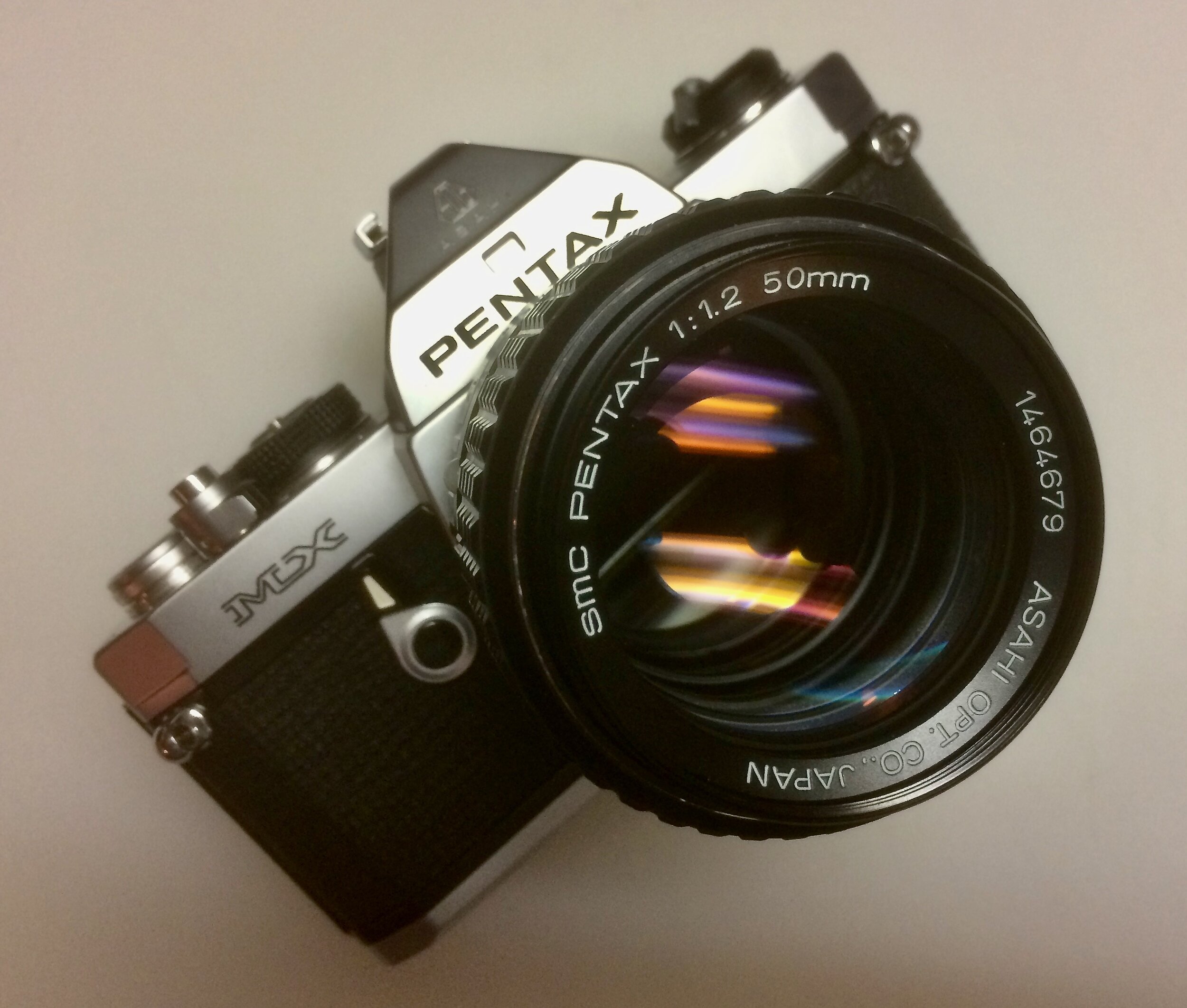I just got my Pentax LX back from service. Jim Holman at ICT Camera did a fine job. The mirror was sticking on some of the slower shutter speeds. It’s a common ailment with this camera. Pentax built a world class professional grade 35mm SLR, but used the worst mirror bumper foam material ever. Over time, the stuff turns into a gooey mess. Jim replaced that and did a full CLA (clean-lubricate-adjust). My LX came back good as new.
I follow a number of Facebook film camera pages and there’s a running debate about the merits of repairing old cameras versus just buying a replacement. A few years ago, I could see both sides of the argument. Film cameras were still relatively cheap and in some cases you could replace your ailing Pentax ME or Olympus OM-2 for about the same cost as the repair.
More people are shooting film these days and prices for good film equipment has gone up. If you have a camera that you love shooting, it makes more sense now to get it serviced. Even if it is working just fine, investing in preventative maintenance is a good investment.
Here are some repair shops I have used and can recommend. These are no particular order.
DAG CAMERA: Don Goldberg is the master of all things Leica. I have sent him Leica SLRs and rangefinders. His work is top notch and his prices are reasonable. He is easy to connect with. His turnaround times for me have been just a few weeks.
ICT CAMERA: Jim Holman works on most every brand of film camera. He is also an expert on lens CLAs. He quit his full time job a few years ago to devote his full attention to his repair business. He does fine work.
SHERRY KRAUTER: Sherry worked on my Leica R5, but she focuses mostly on Leica rangefinders. She also has a nice online store. She’s been in business since 1976 and is a legend in Leica circles. She is also fun to talk to.
BLUE MOON CAMERA: If you are ever in Portland, Oregon, make a point to visit Blue Moon Camera & Machine. What a wonderful store! And they do repair work too. I sent my Canon F-1 there and they brought it back to life. Reasonably priced and good turnaround.
SOVER WONG: Sover is the world’s expert on Nikon F2 repairs. The F2 is the only camera he works on. Send your F2 to Sover and it will come back just like new. He also does modifications to Nikon F2 metered finders and does Nikon F2 repair clinics. Up until a few years ago, my F2 was my favorite camera, then my eyesight changed. For some reason, no matter which Nikon diopter I tried, I could not see clearly enough through the viewfinder to focus. The F2 is the only old camera I have this trouble with and I have no idea why. Sadly, I have sold my F2s.
YOUXIN YE: Where do you send your Canon LTM rangefinder for CLA? Youxin Ye’s YYeCAMERA. Youxin also works on Leica M and screw mount bodies. Competent work and great communication.
ERIC HENDRICKSON: Eric is to Pentax what Sover is to the Nikon F2. Eric works on the Pentax Spotmatic series, K1000, LX, ME, ME Super and MX. He is not the most chatty fellow because he is so busy, but his work is exceptional, his prices are very fair and his turnaround time is exceptional.
MARK HAMA: Mark is the man to send your YashicaMAT or Electro 35 to. I thought my Yashica rangefinder was toast. Mark brought it back to life.
JOHN TITTERINGTON: I found John on eBay when I was looking for a nice Olympus OM-1n. John works on Olympus, Nikon, Minolta and more. He is a great source if you are looking to buy a camera because everything he sells has been fully serviced.
Those of us who love and use old film cameras are very fortunate that there are still highly skilled folks out there who can keep our equipment operating as designed. Many of these technicians have invested a lot of money buying up old parts and donor-body cameras, since replacement parts are mostly not available from the original manufacturers. They are a vital part of our film photography community and deserve our support.

